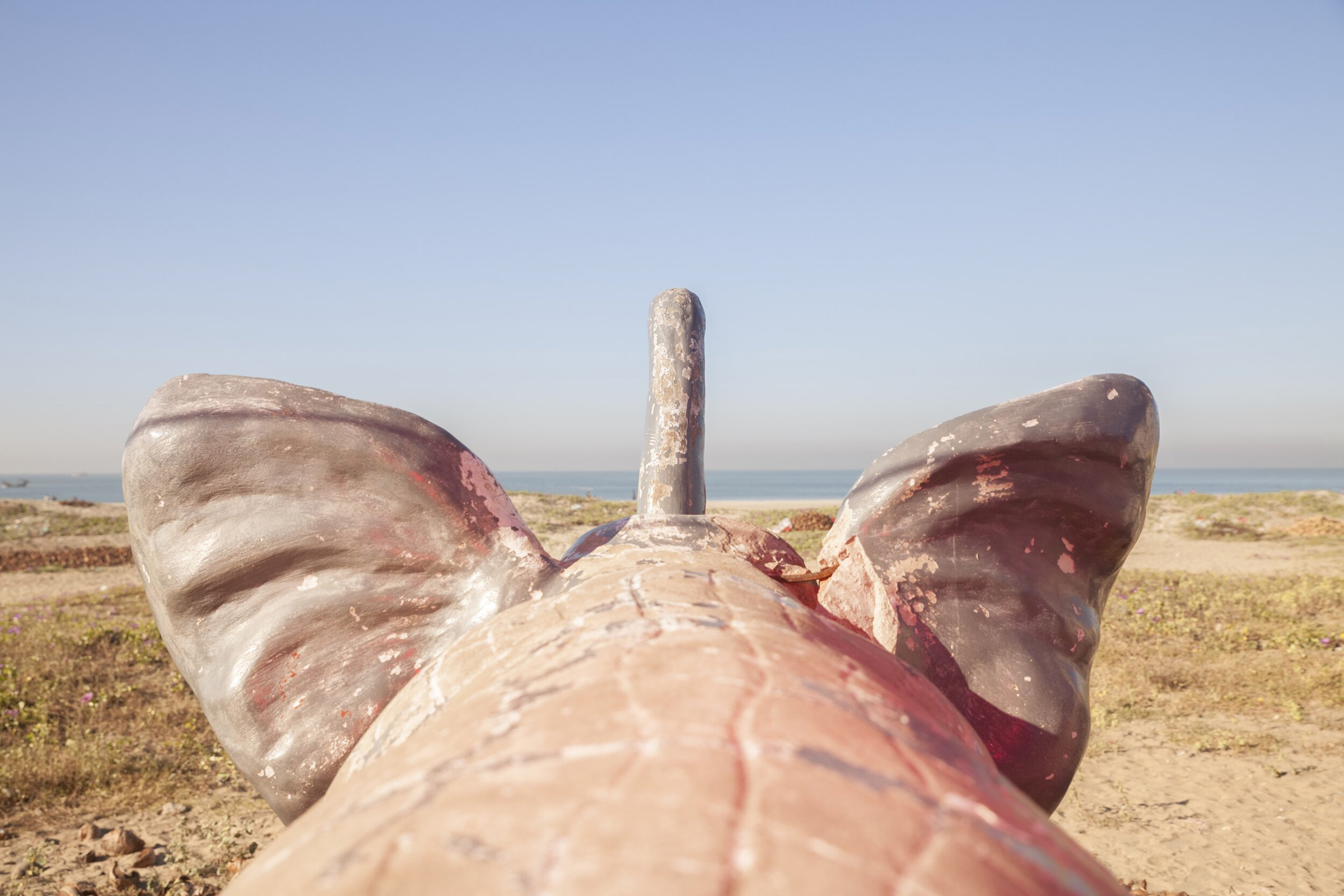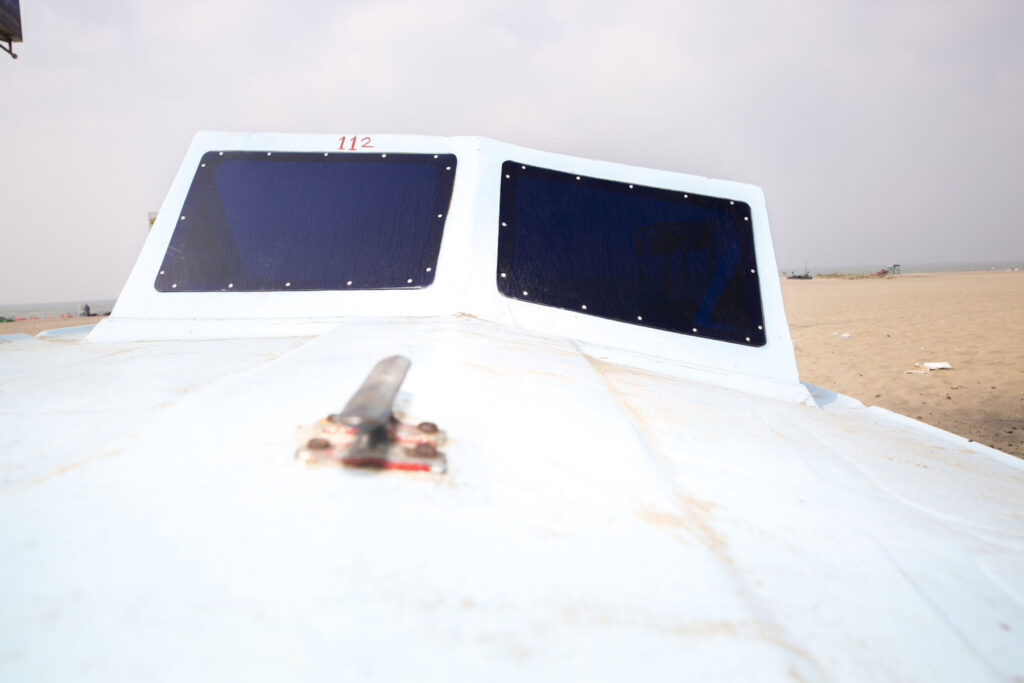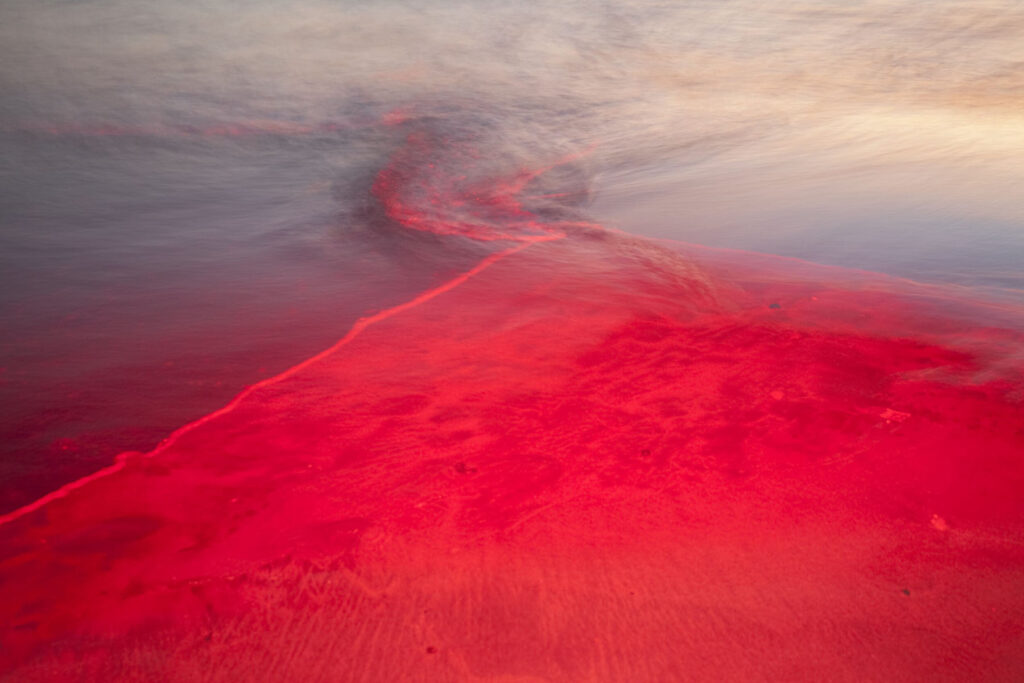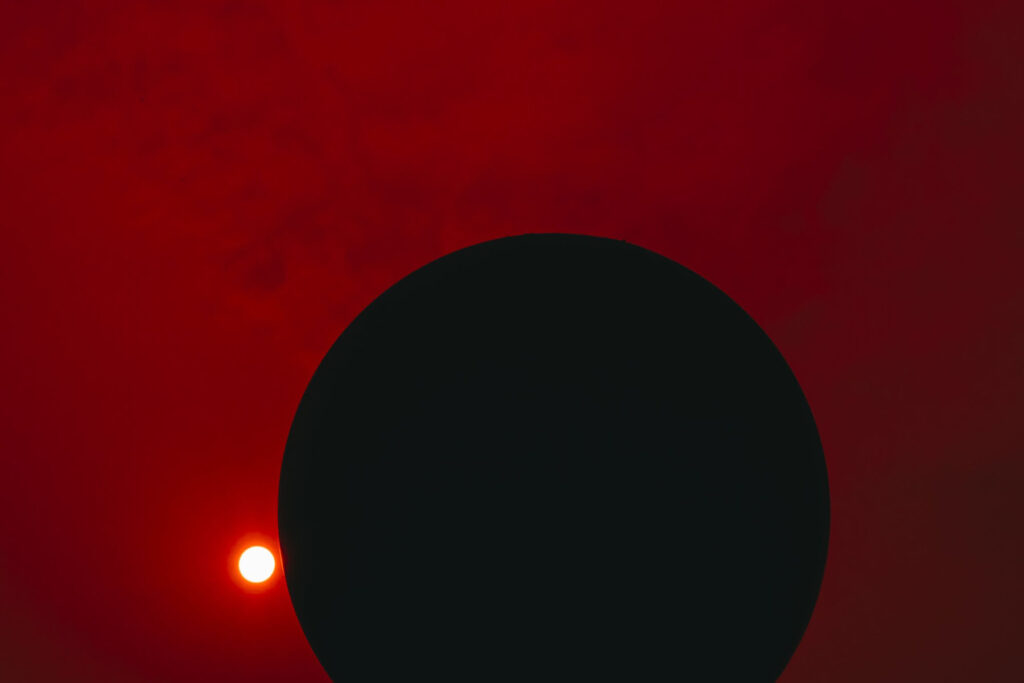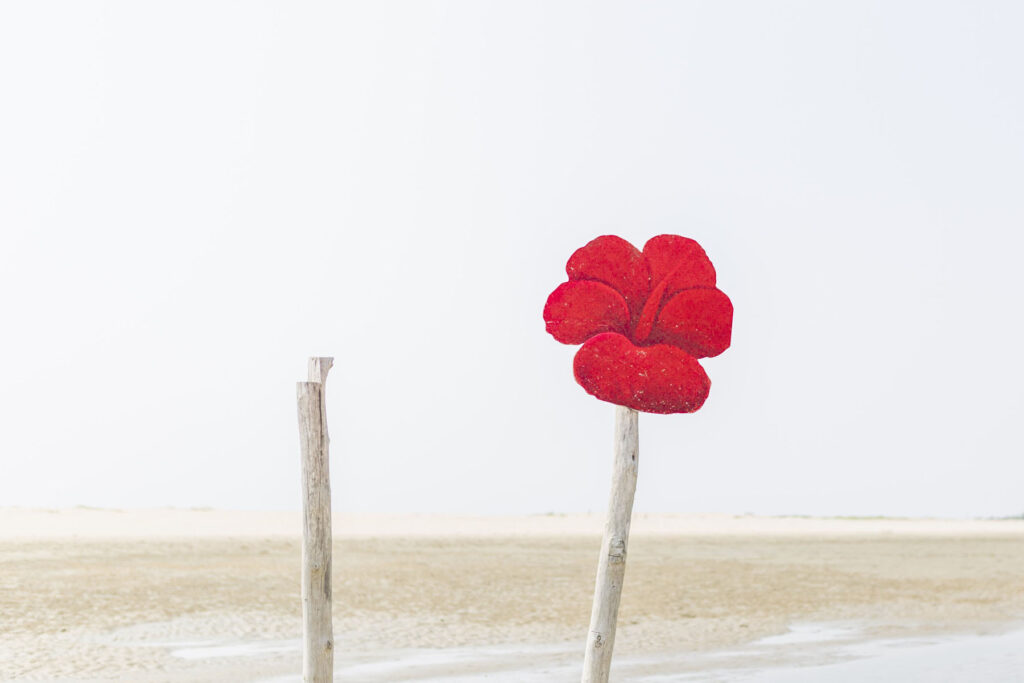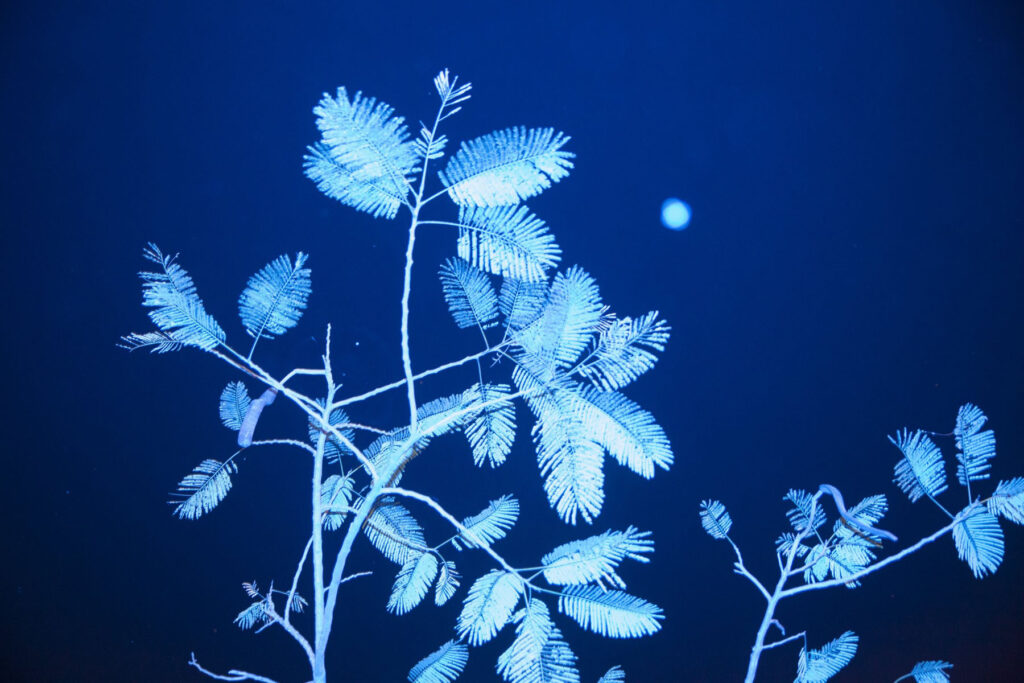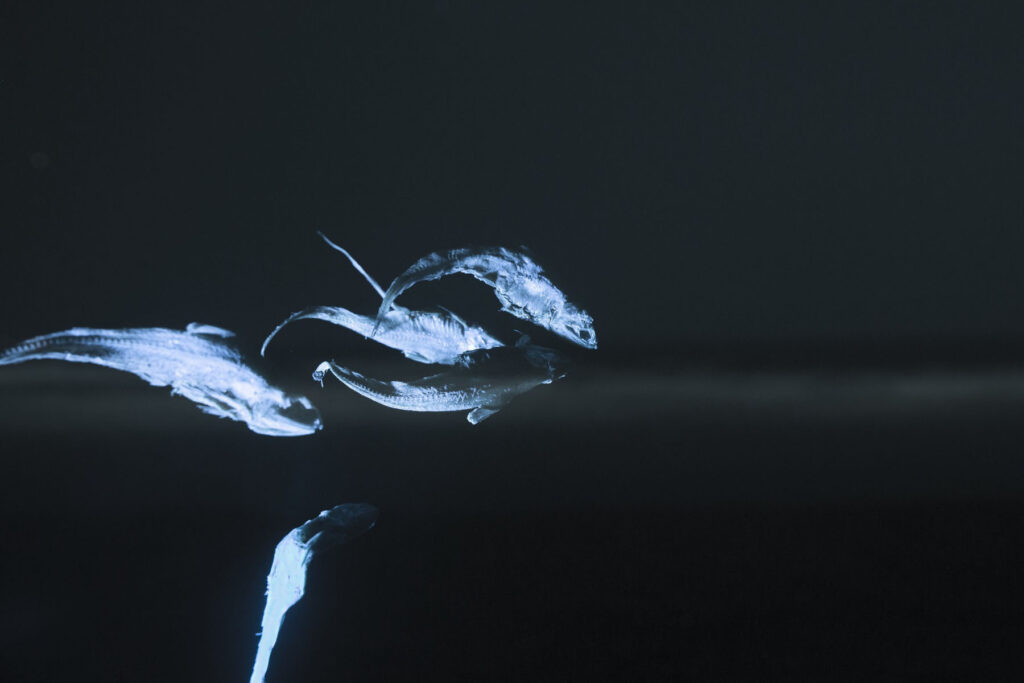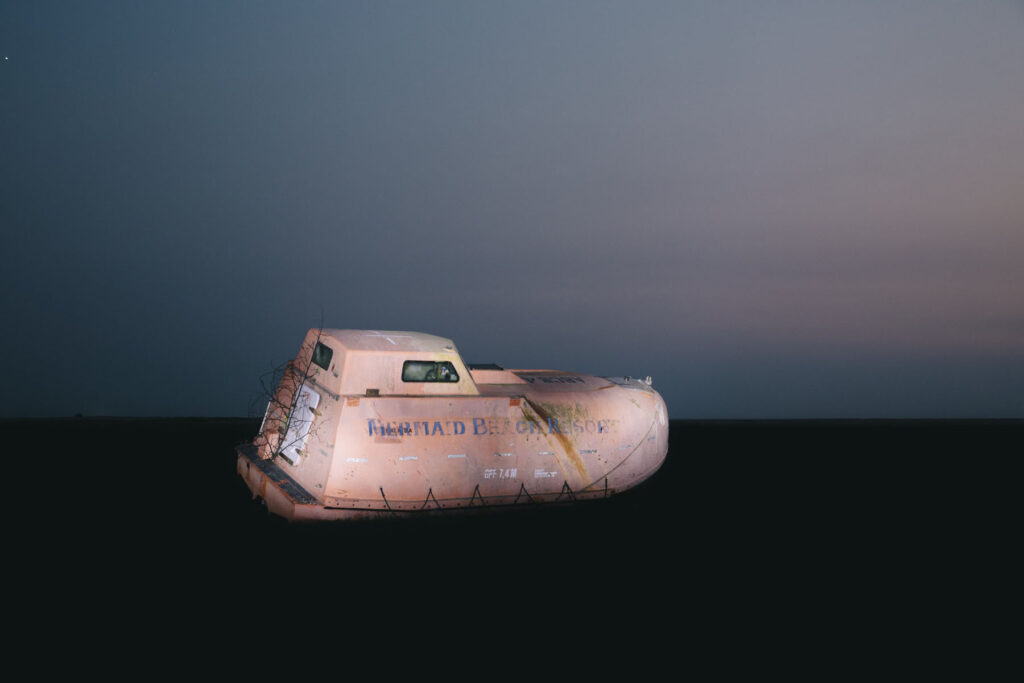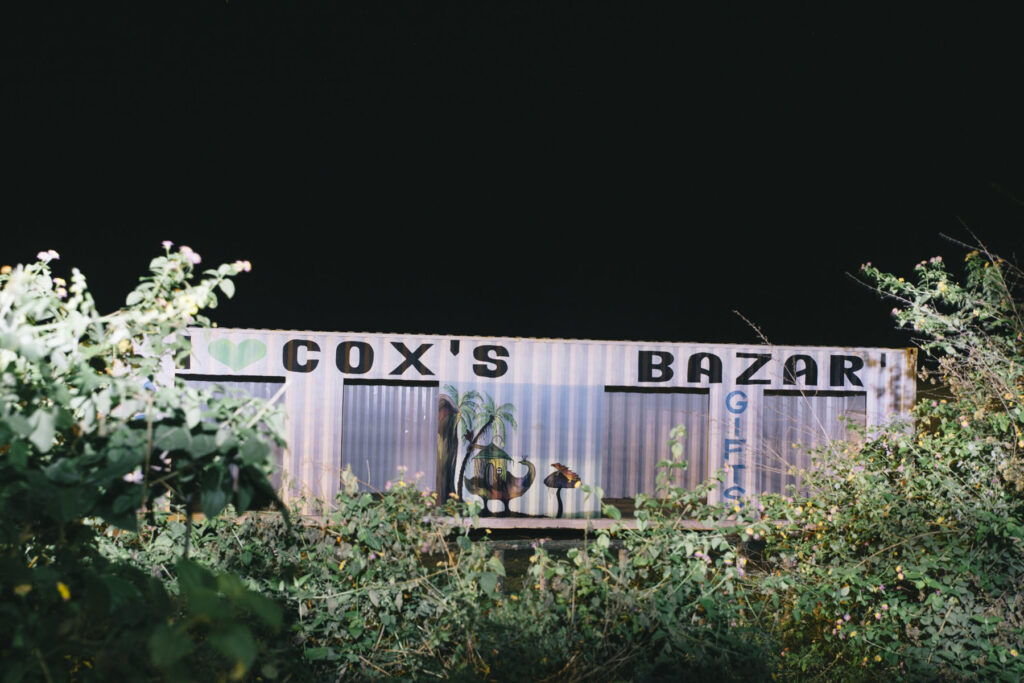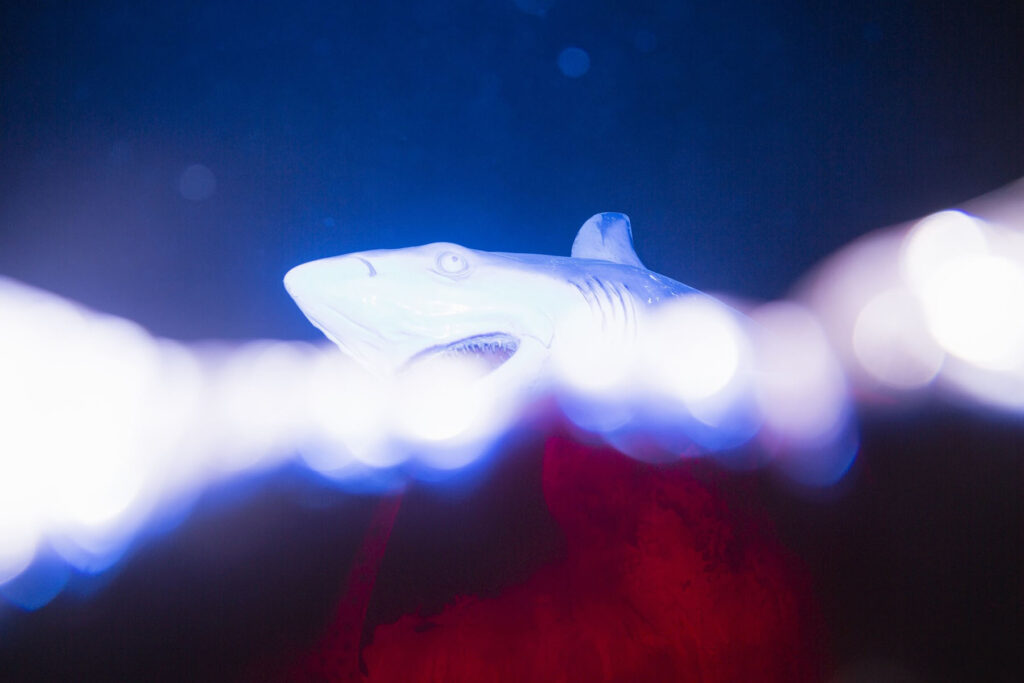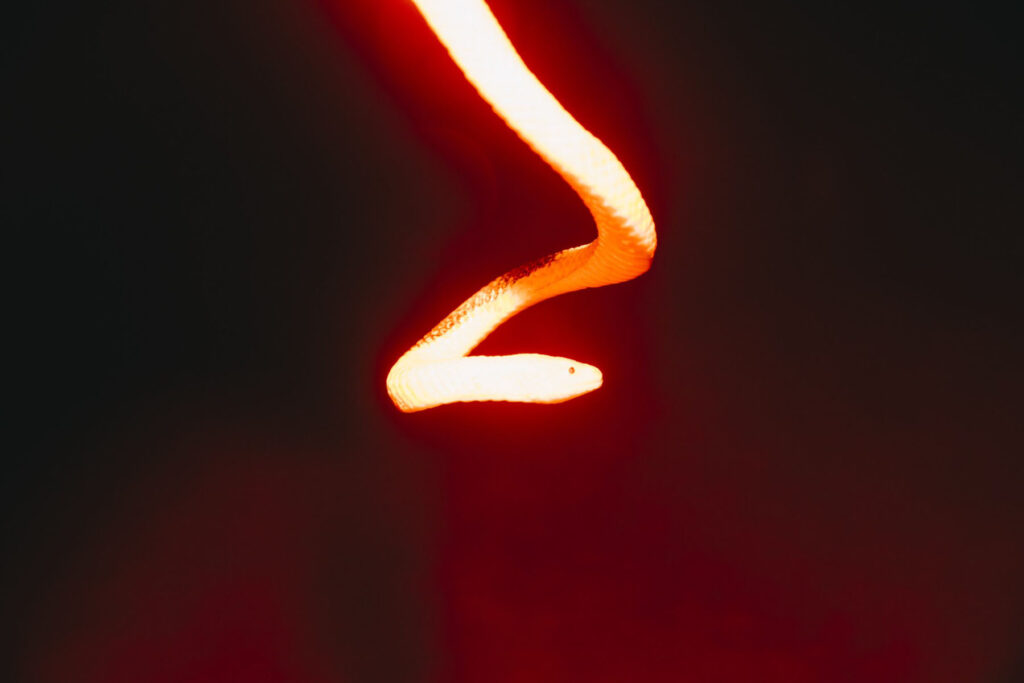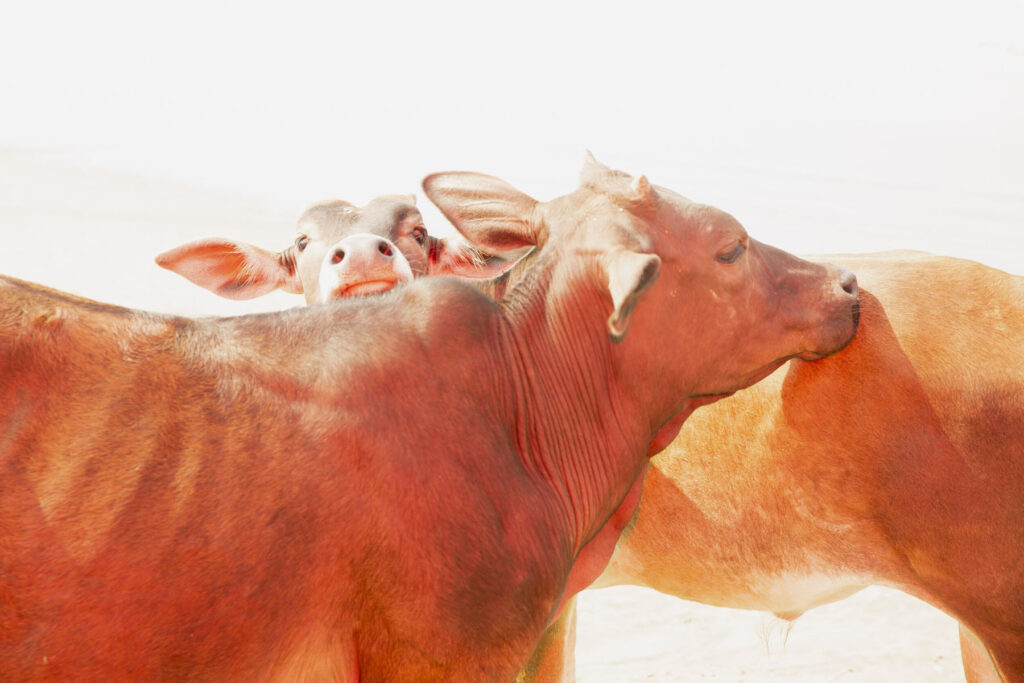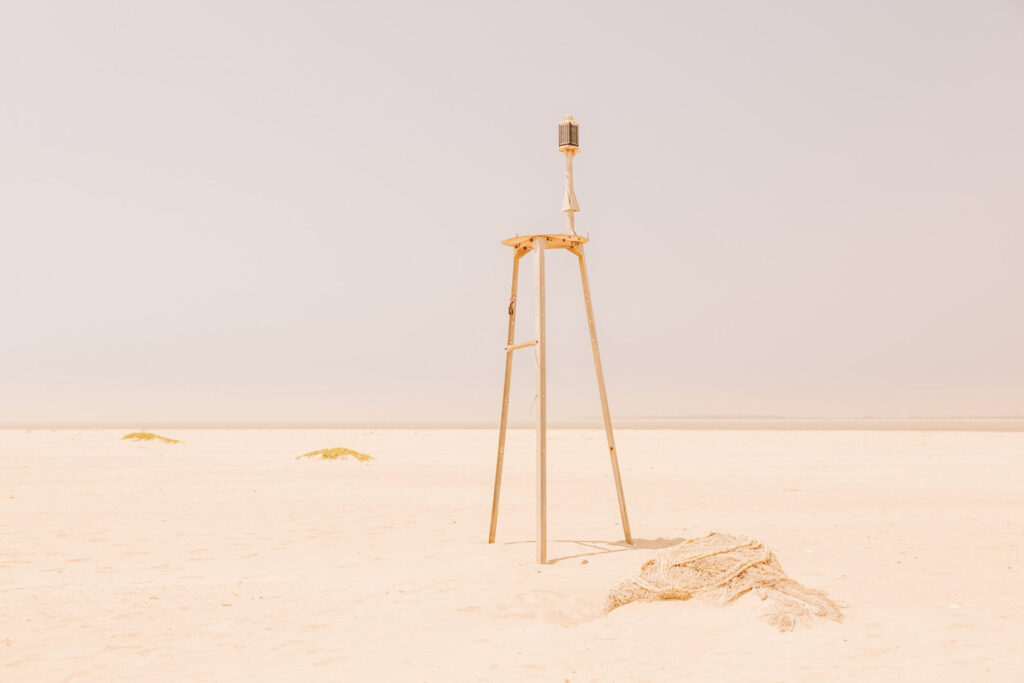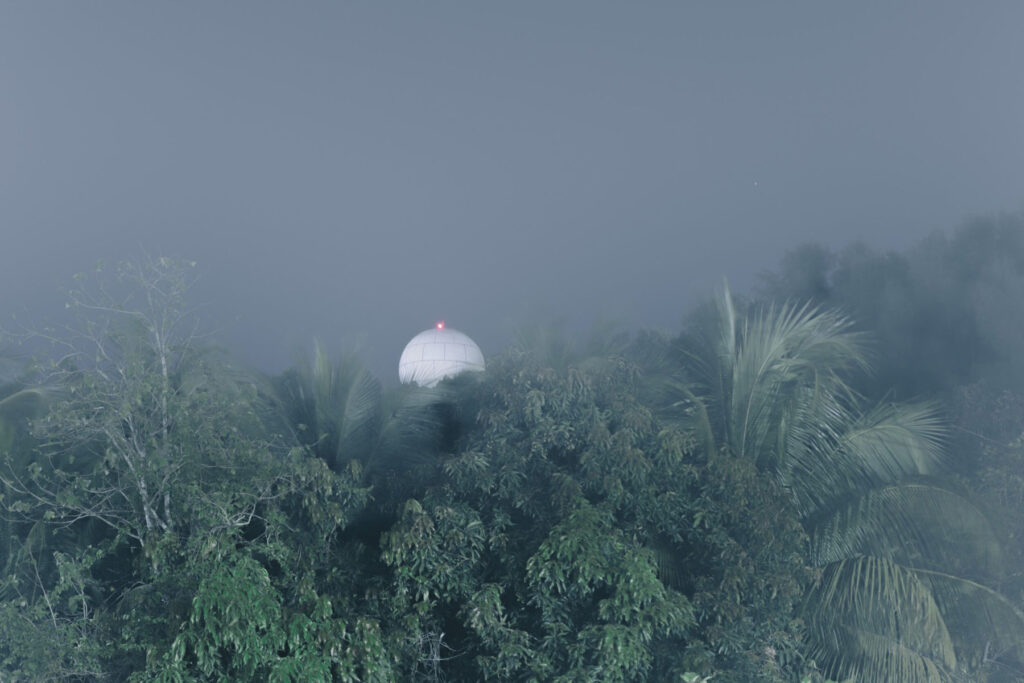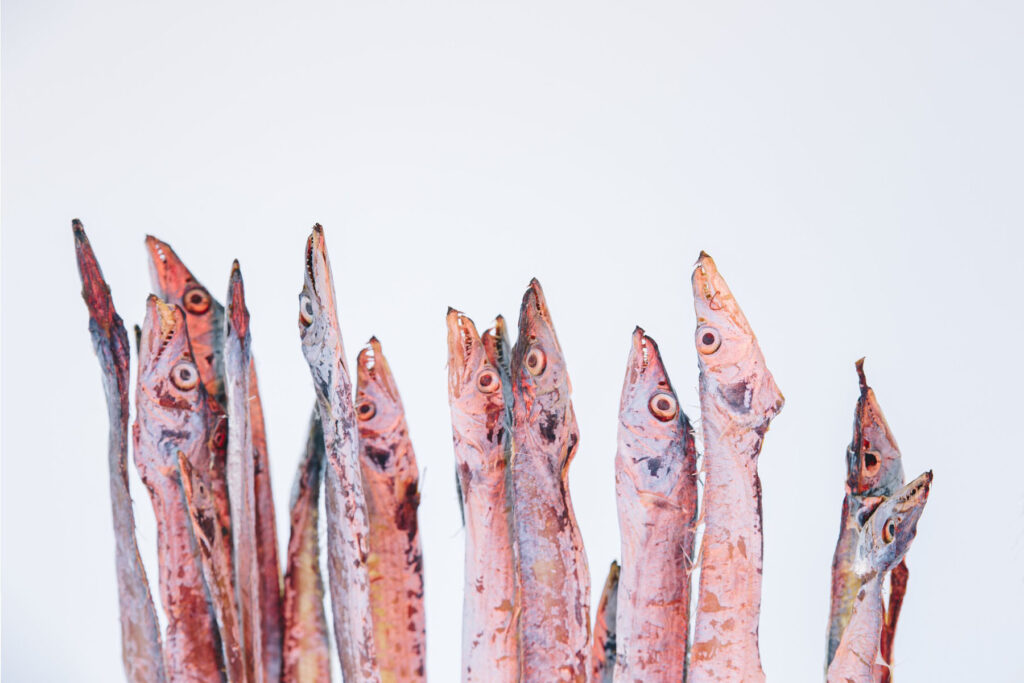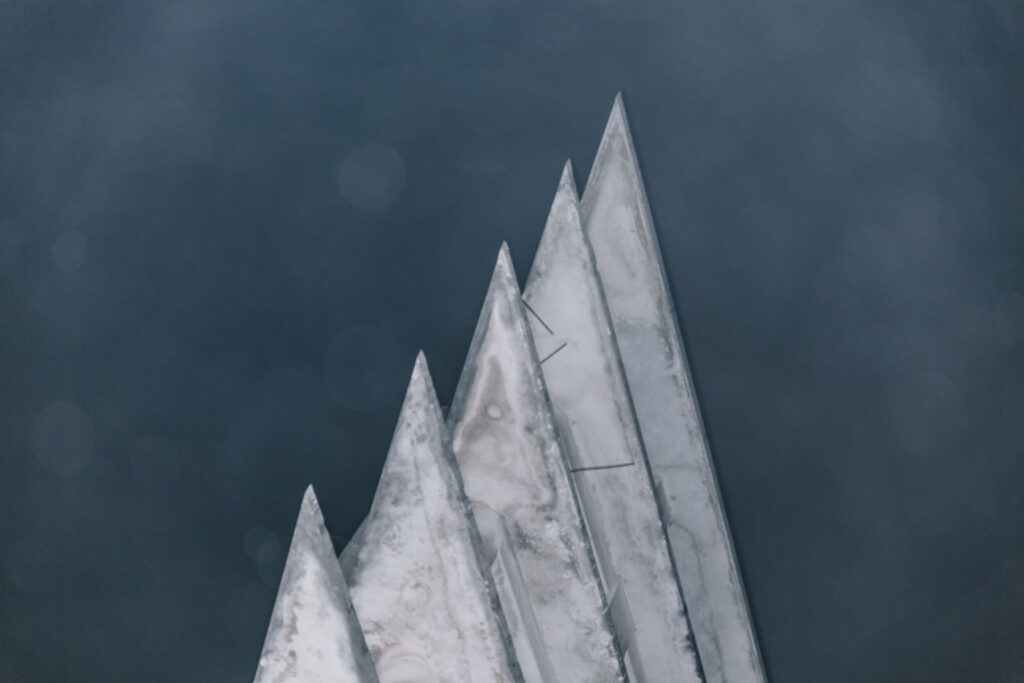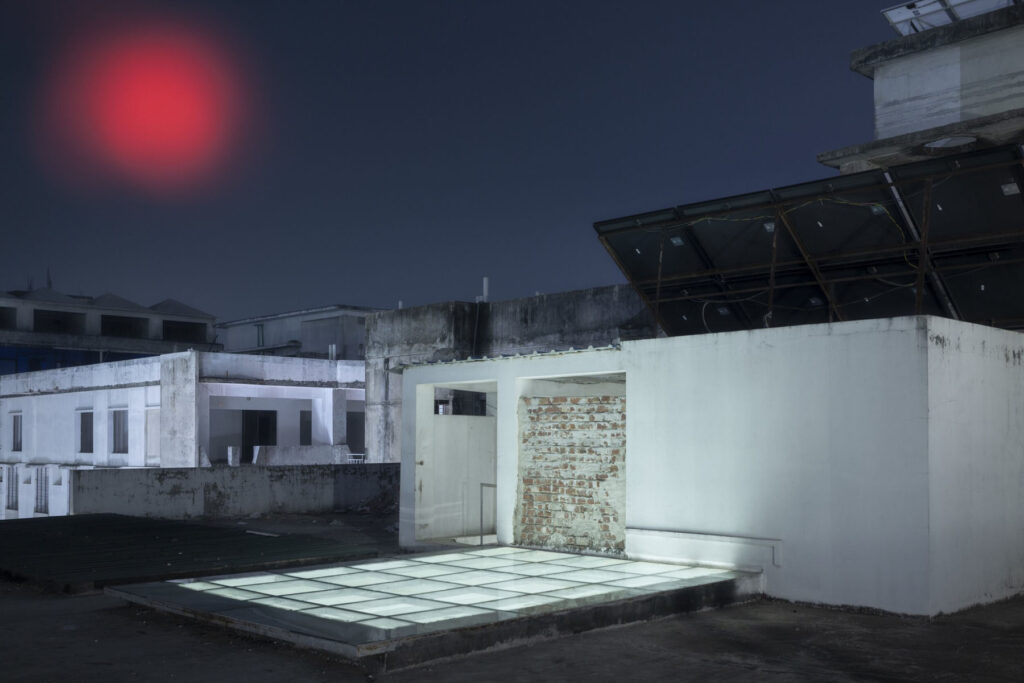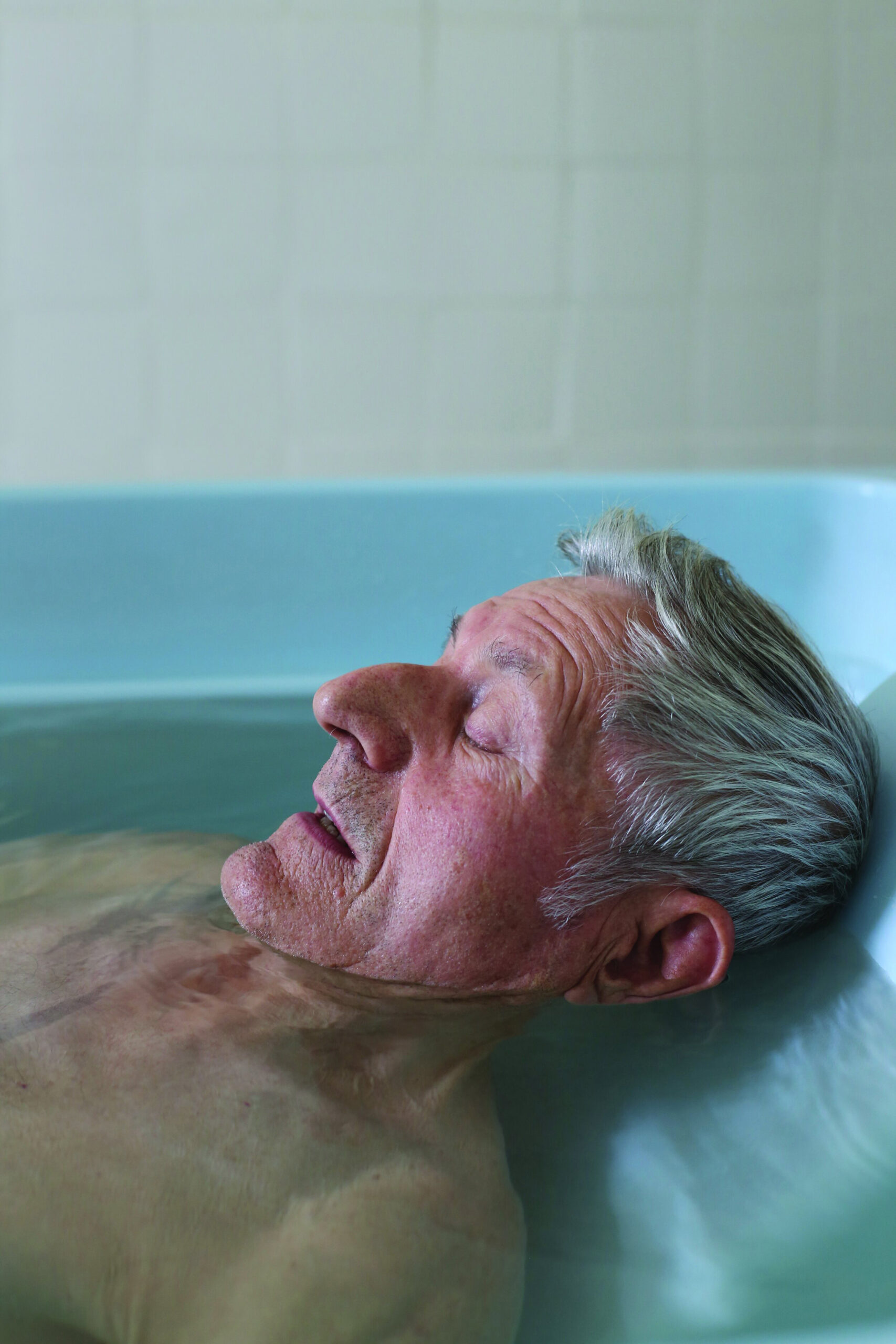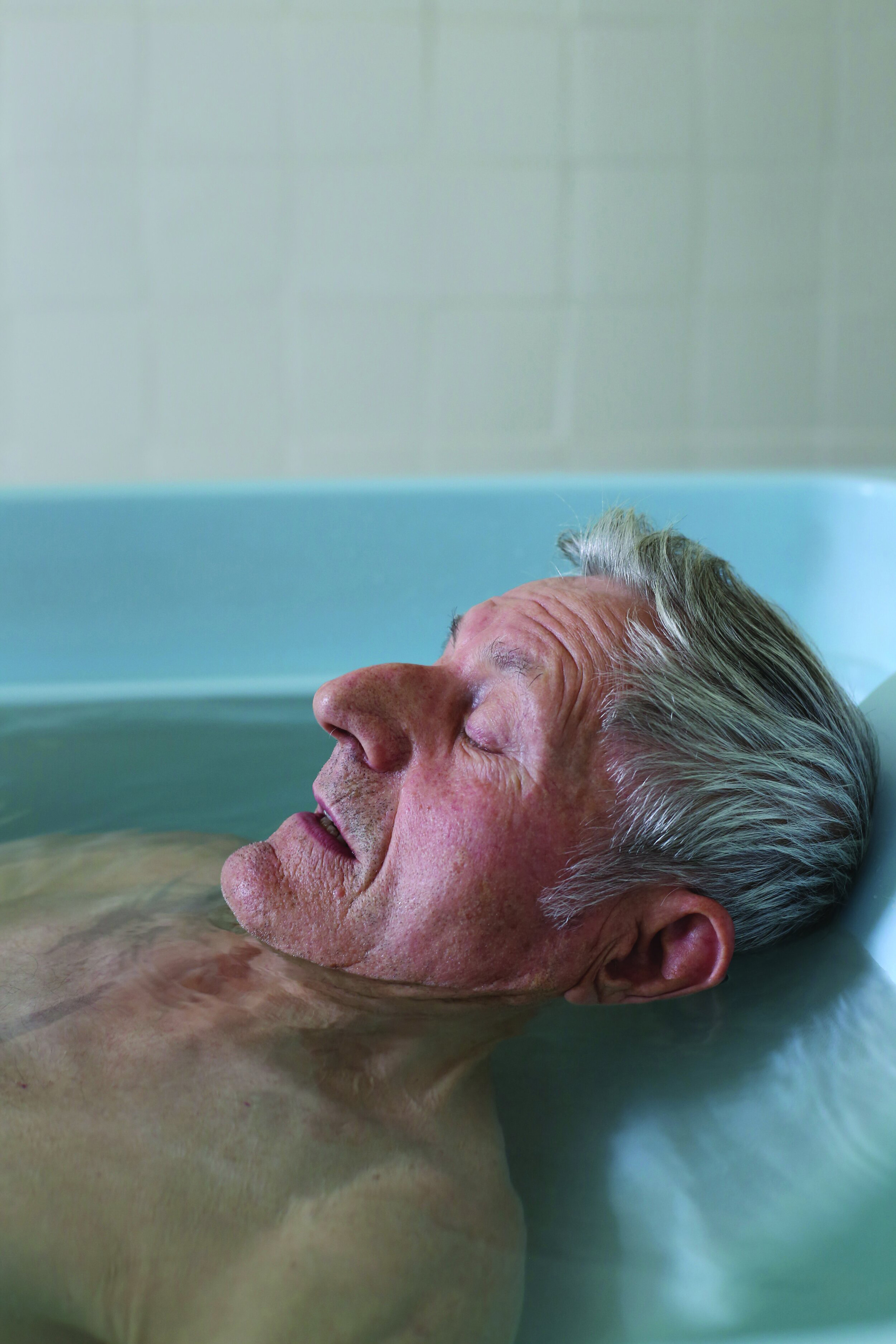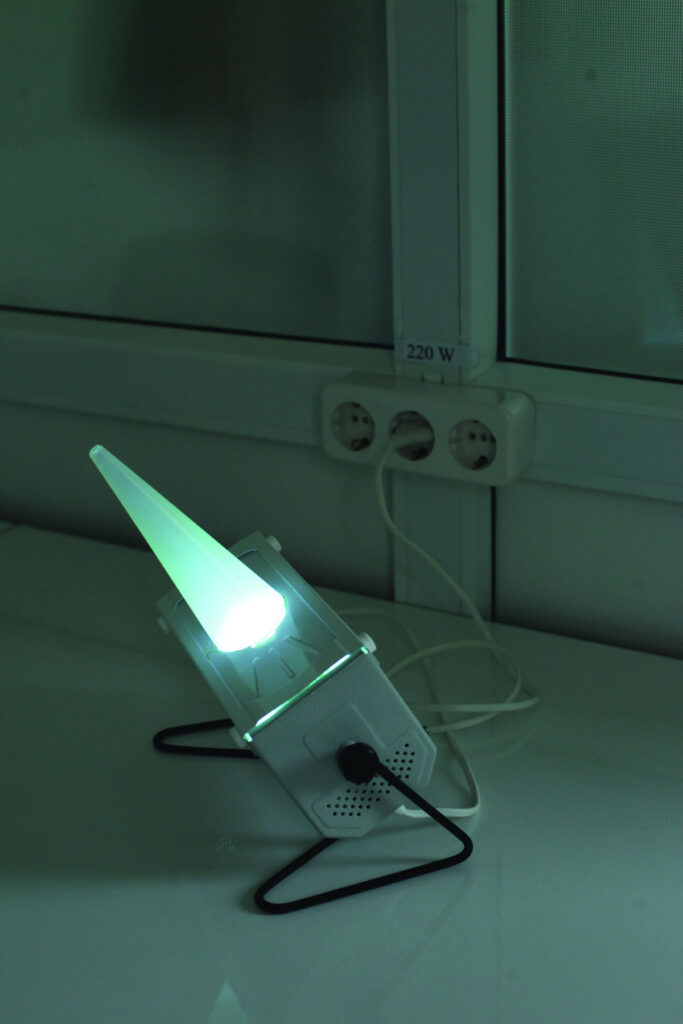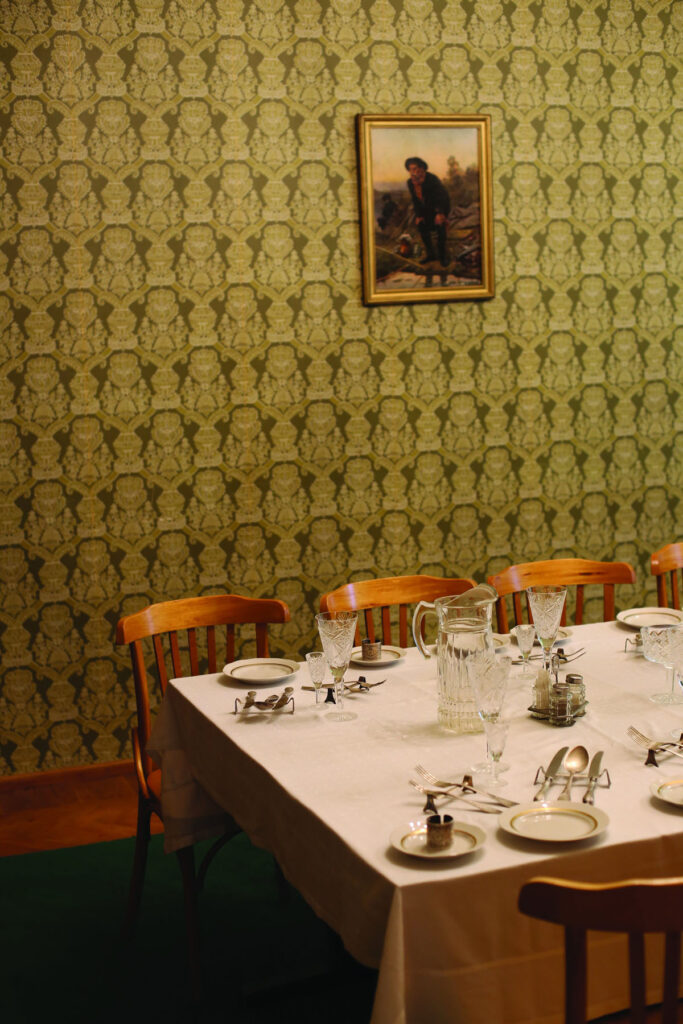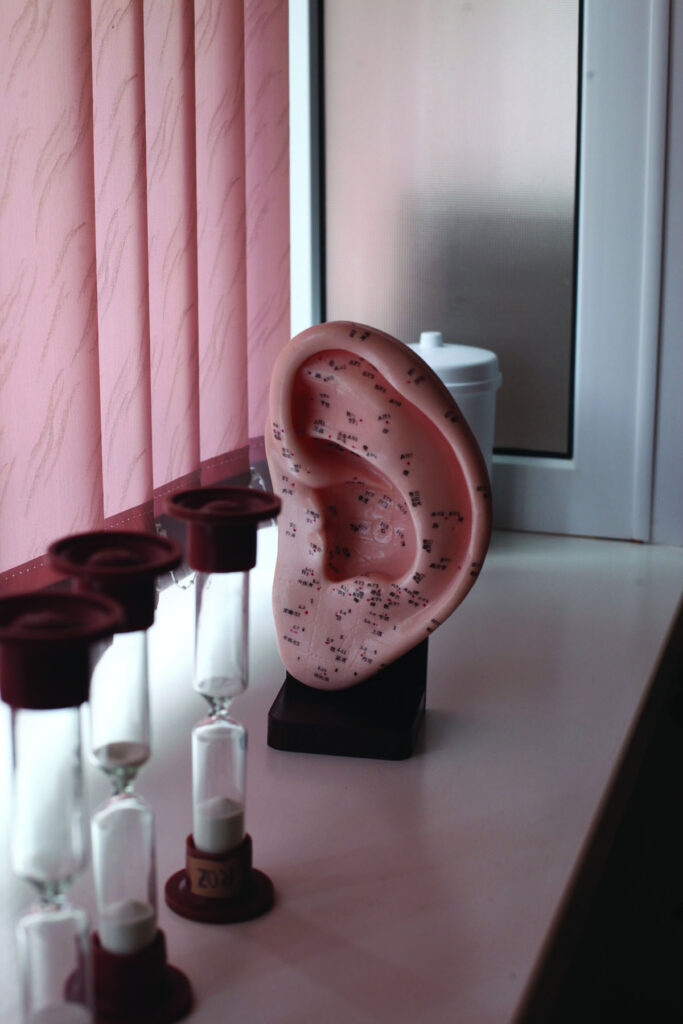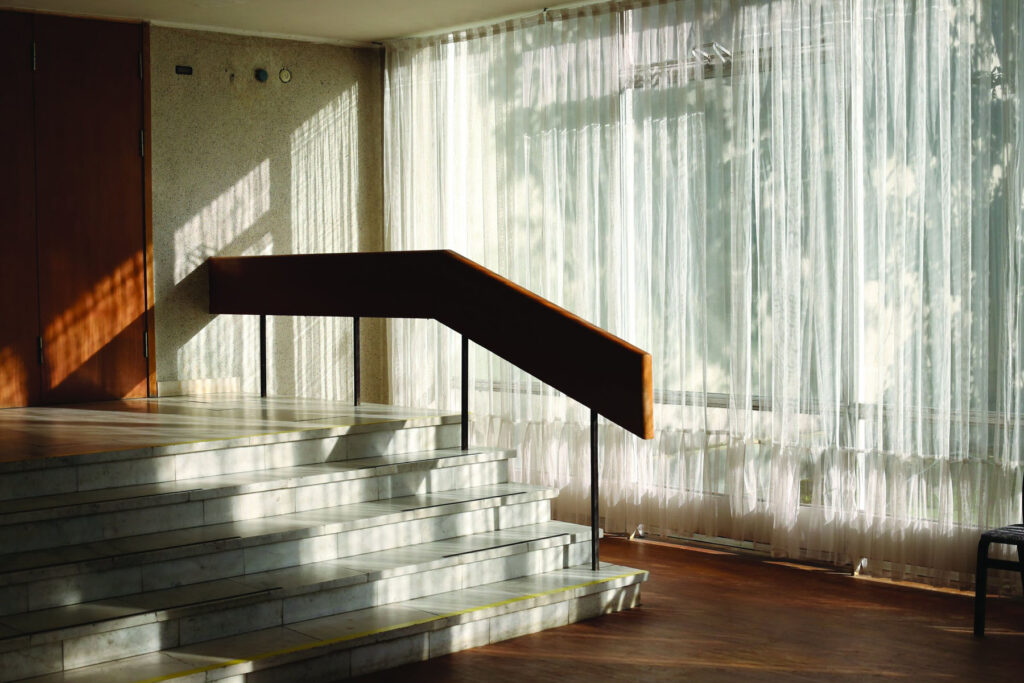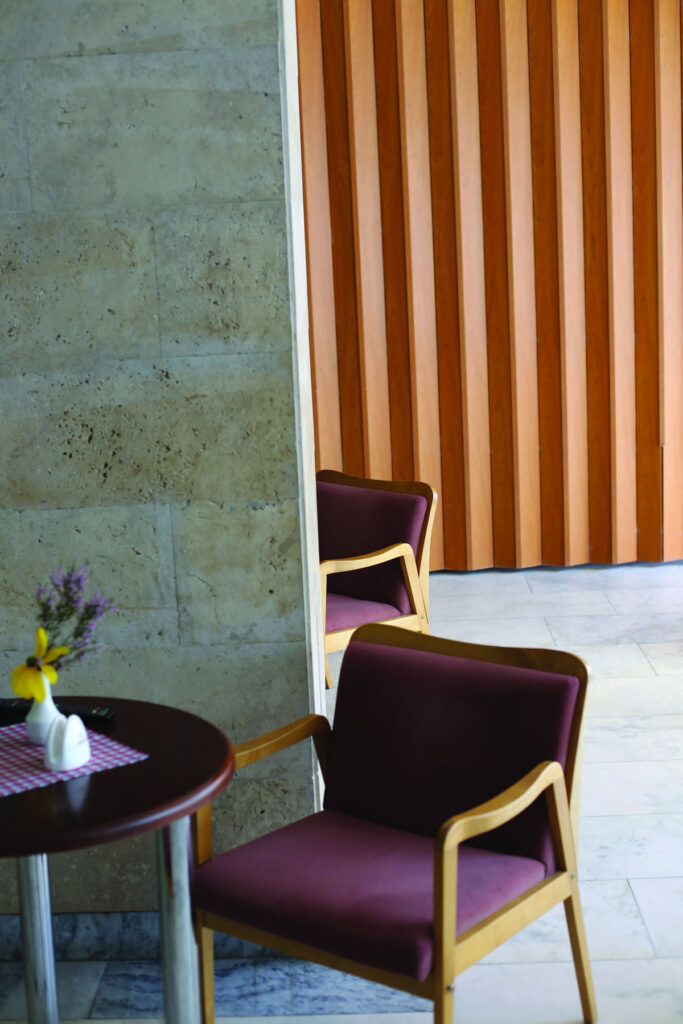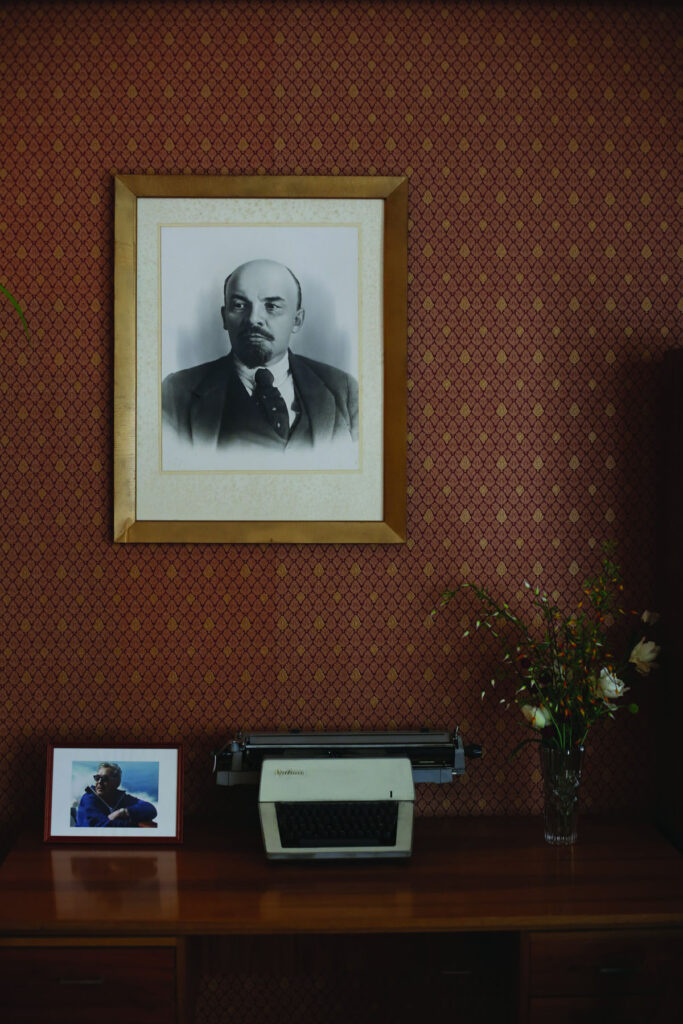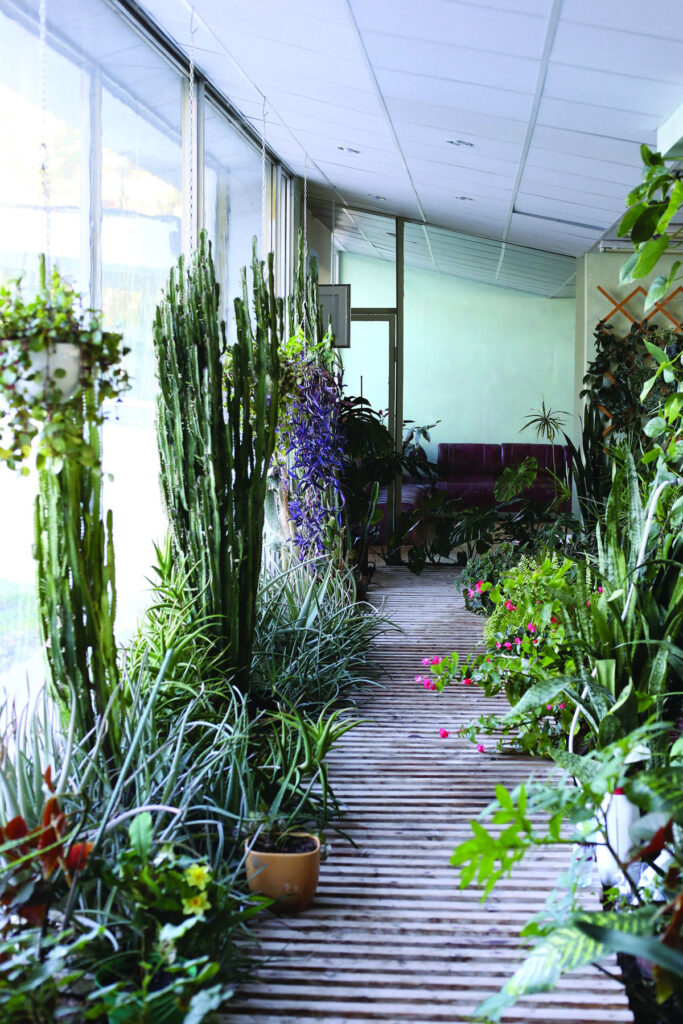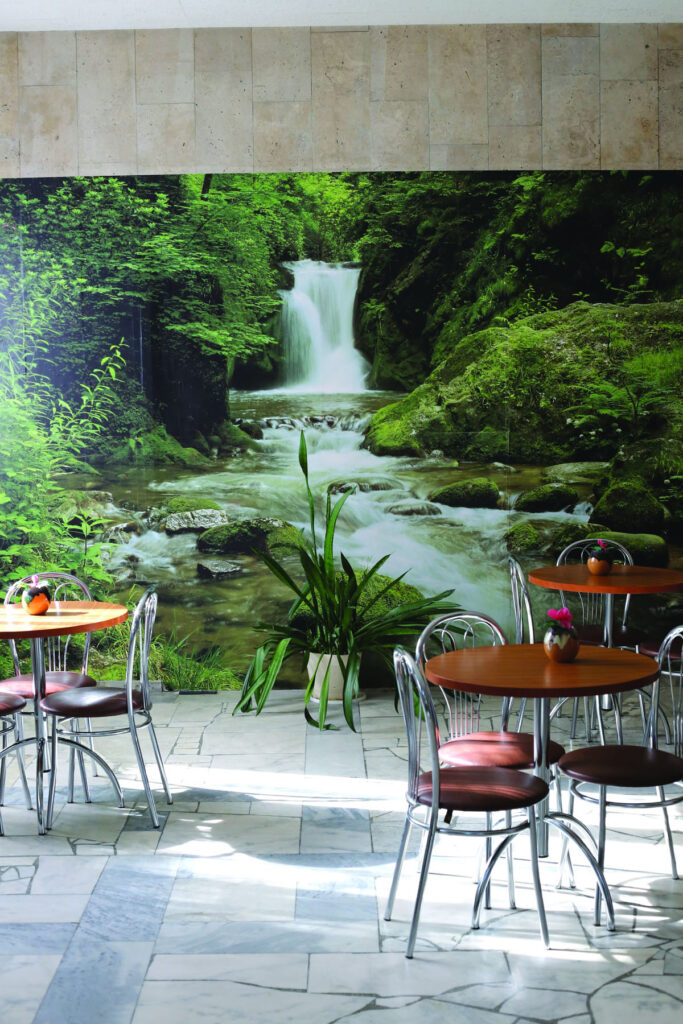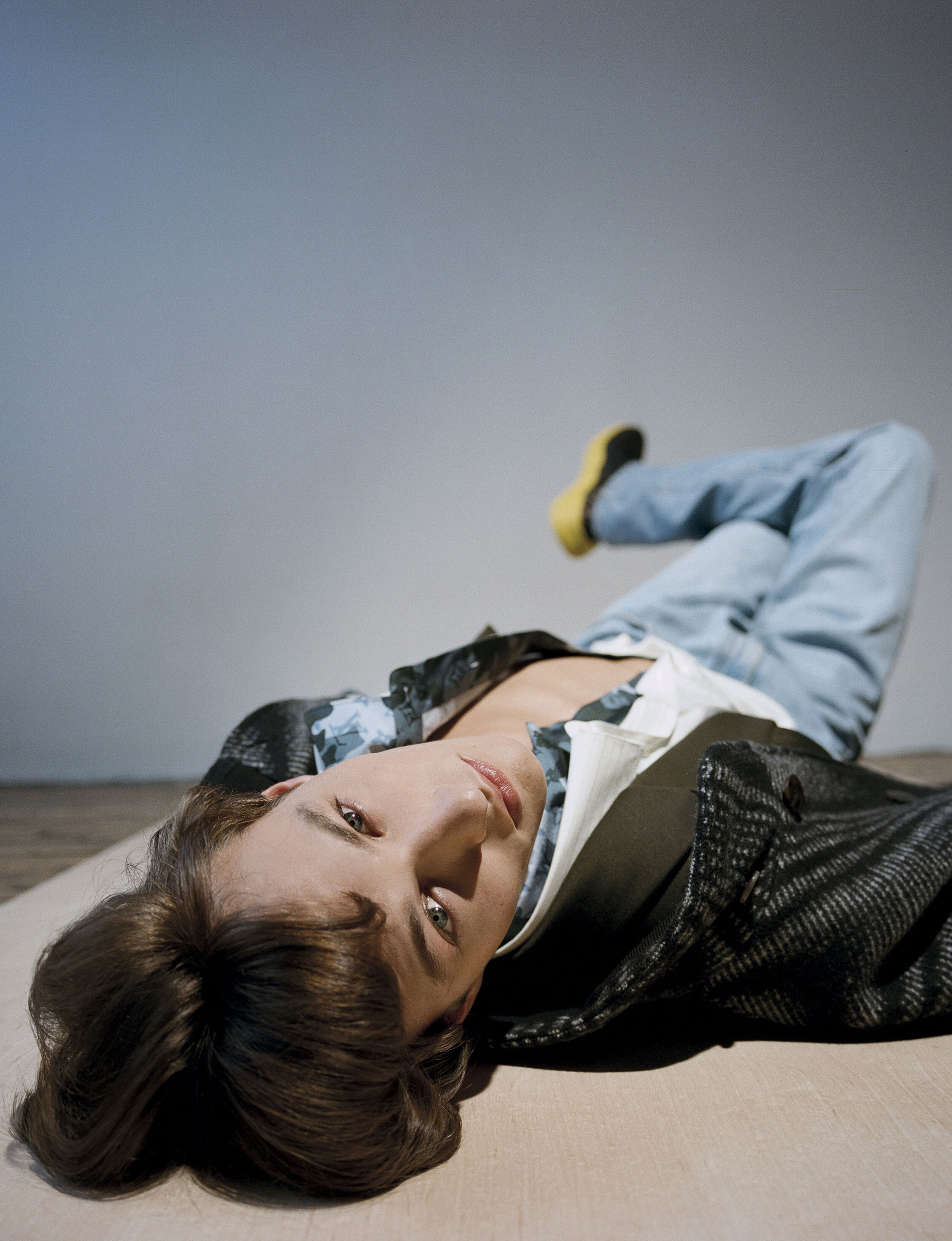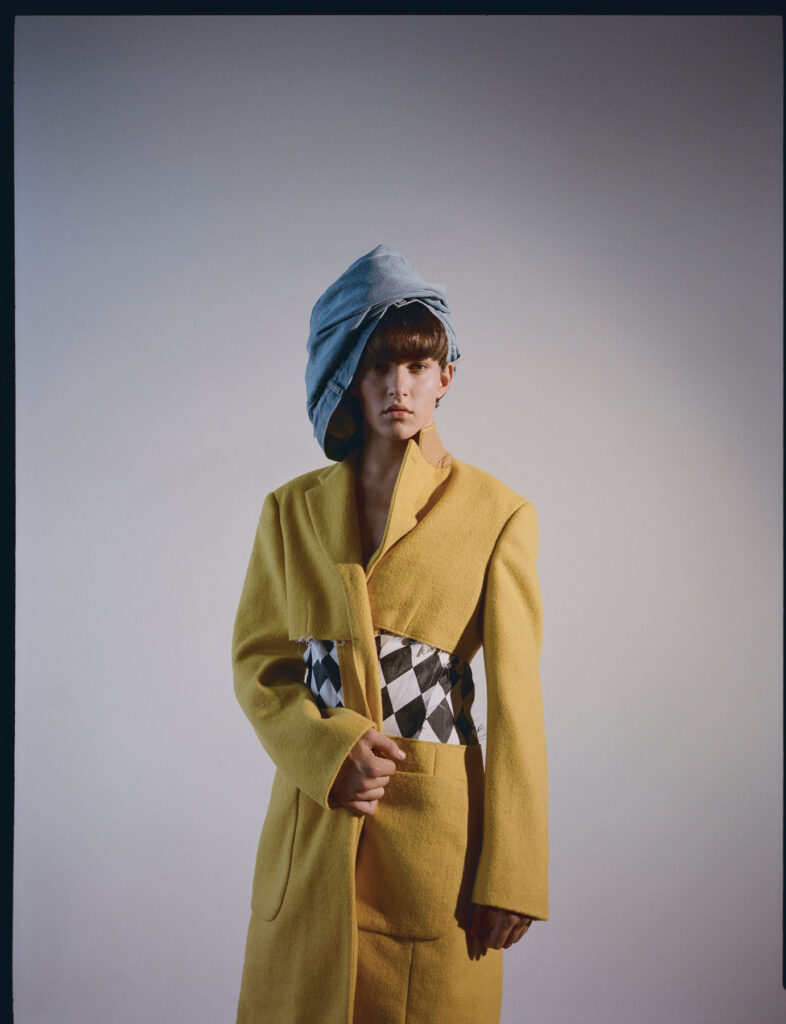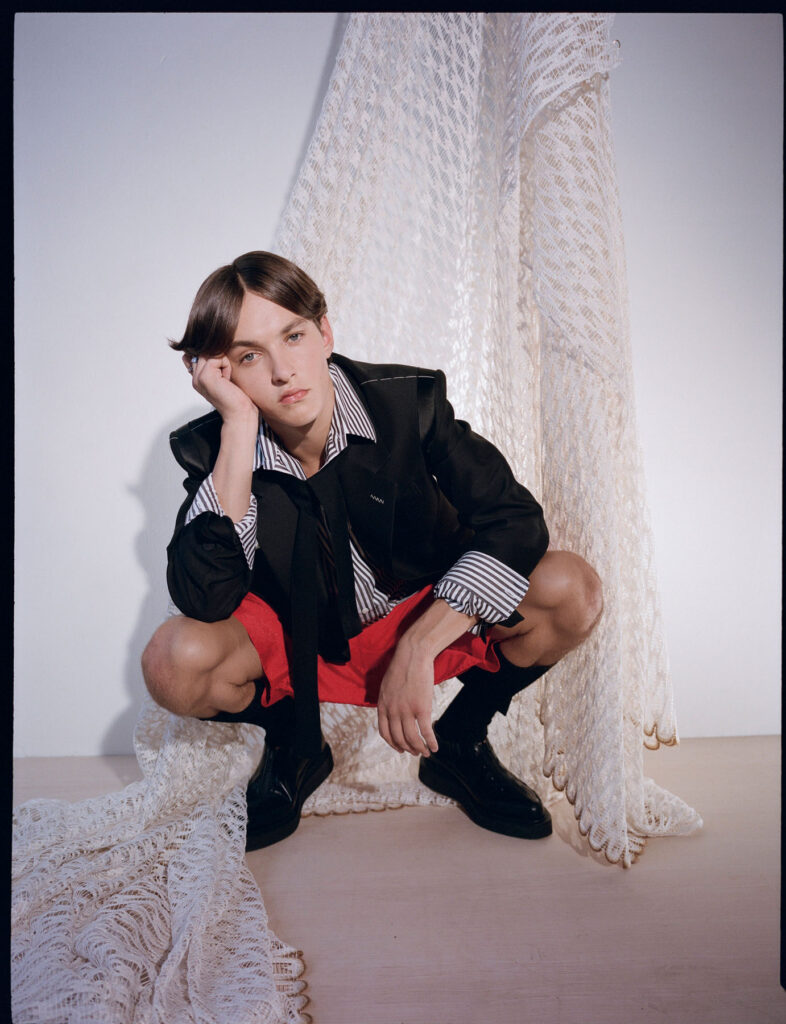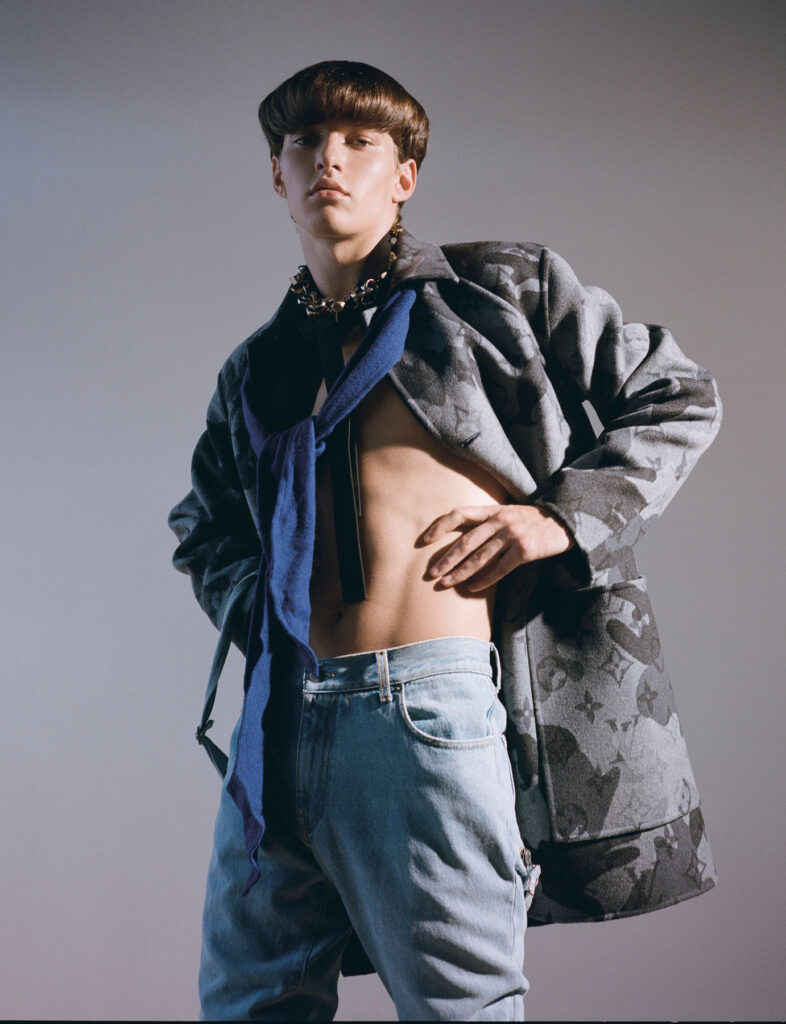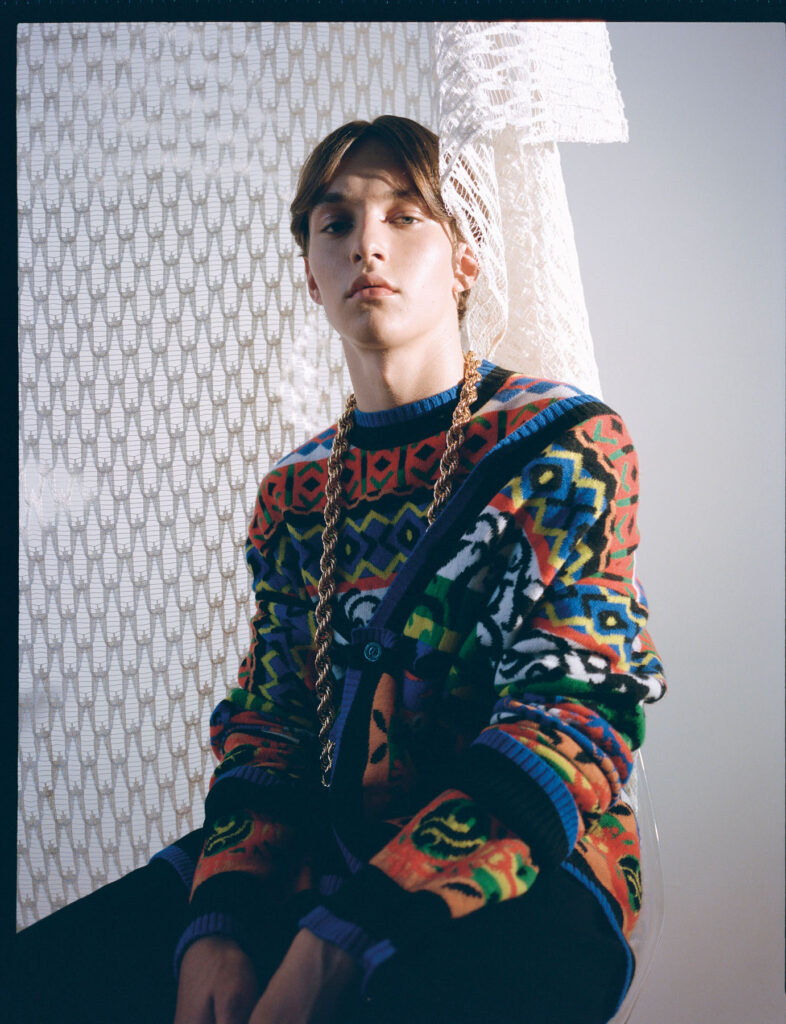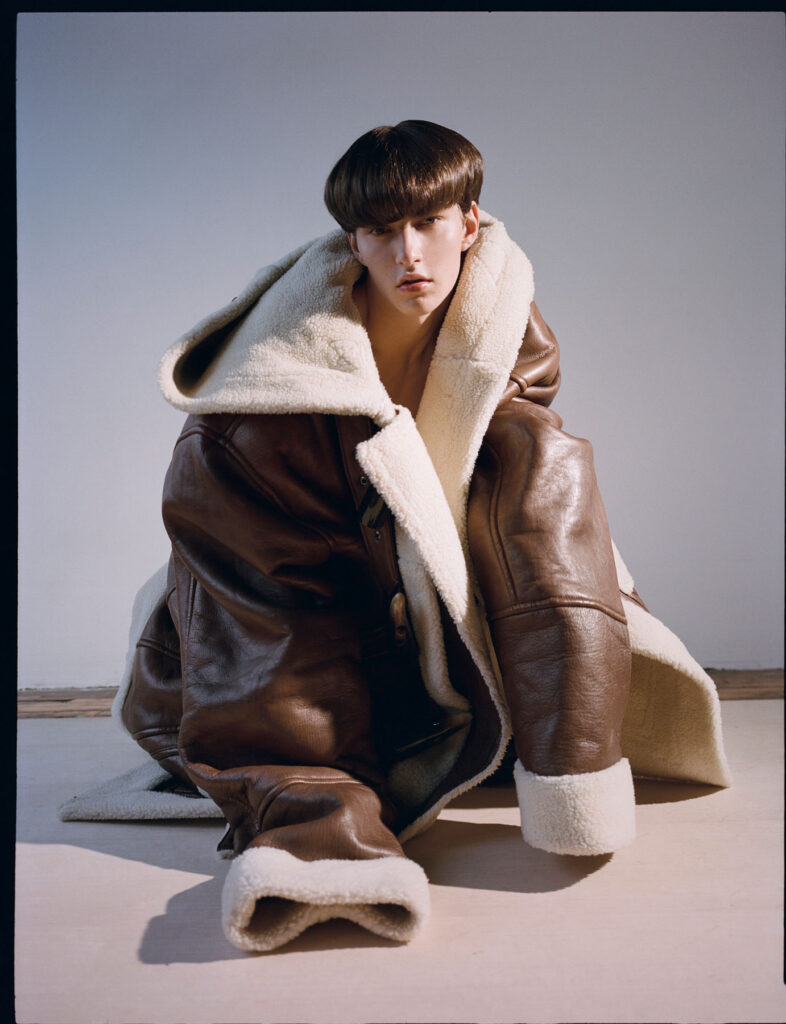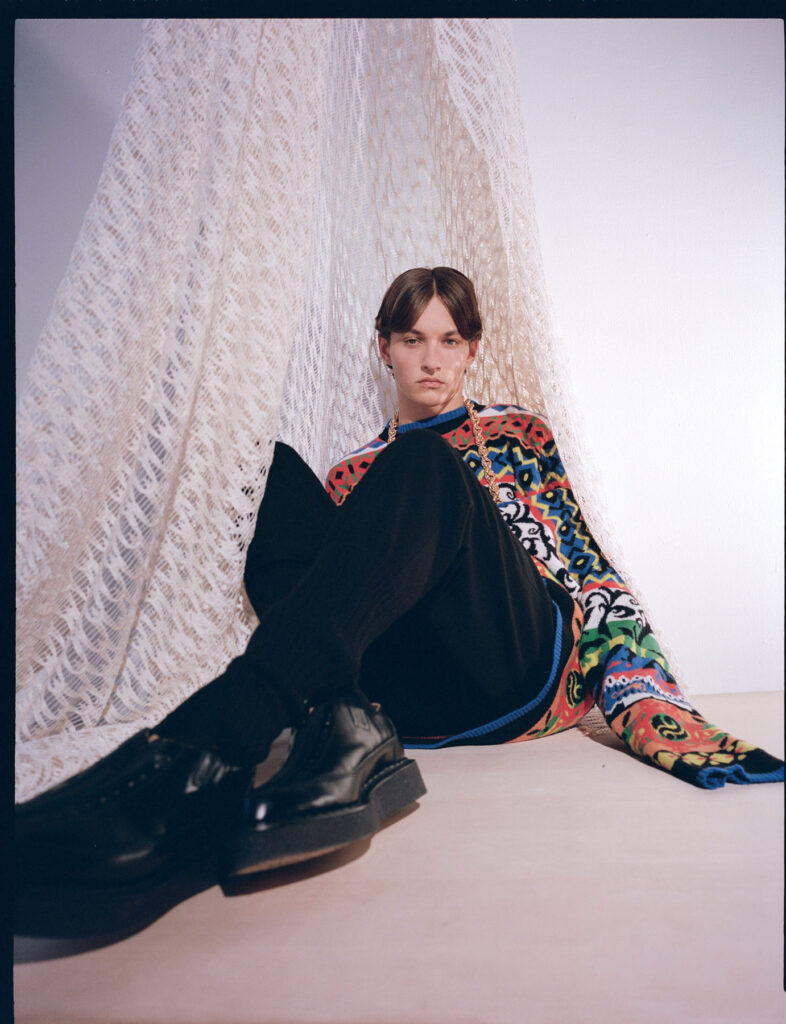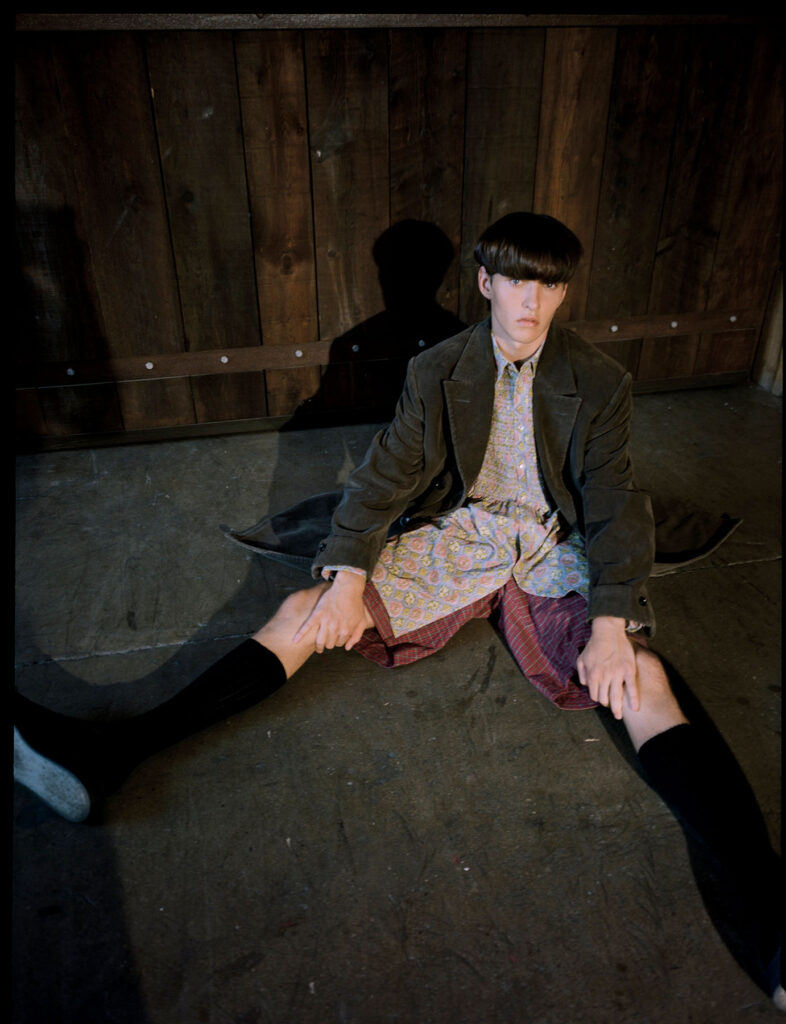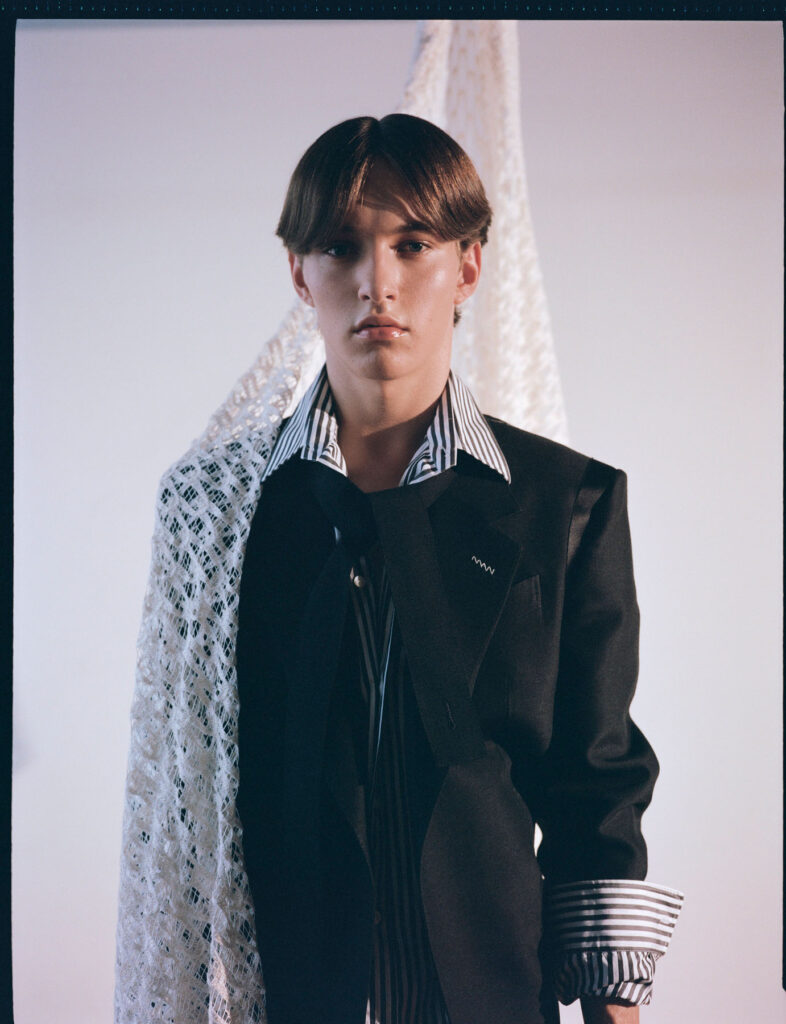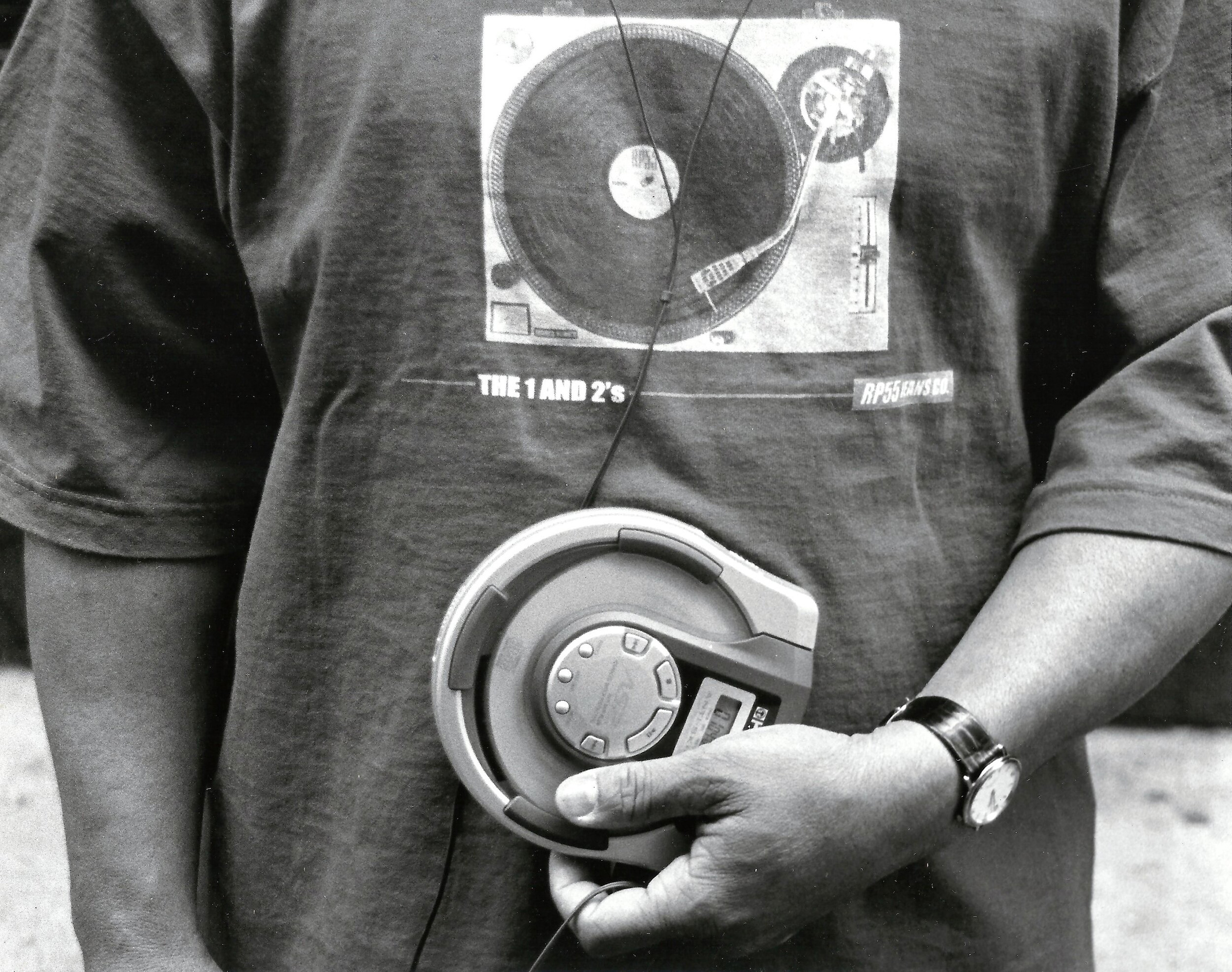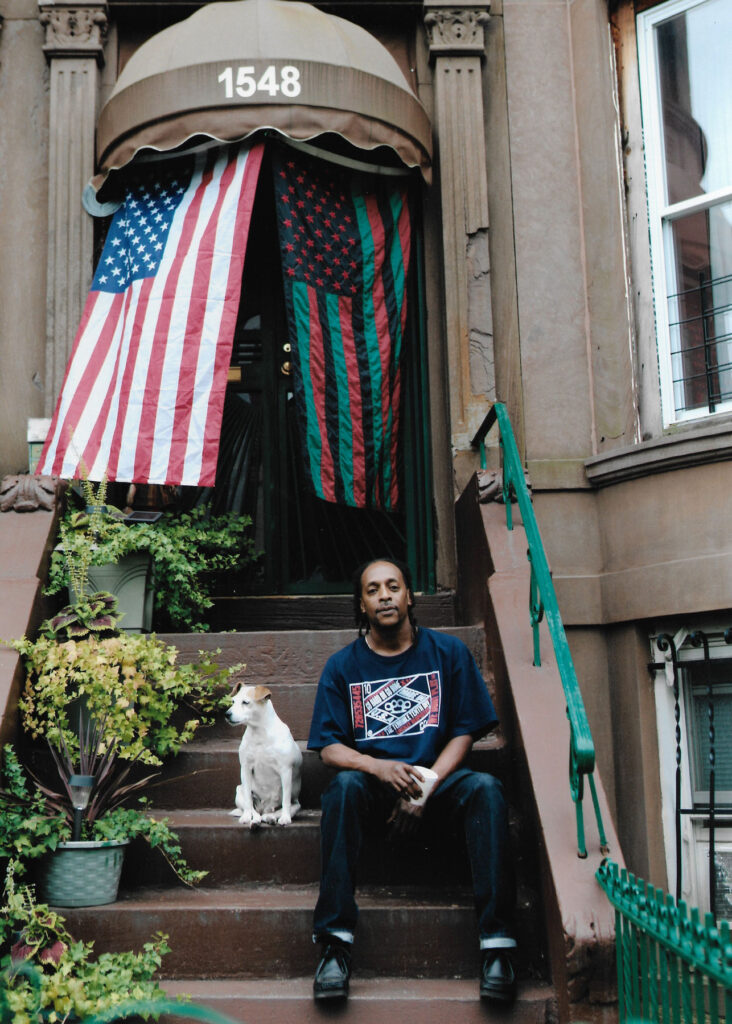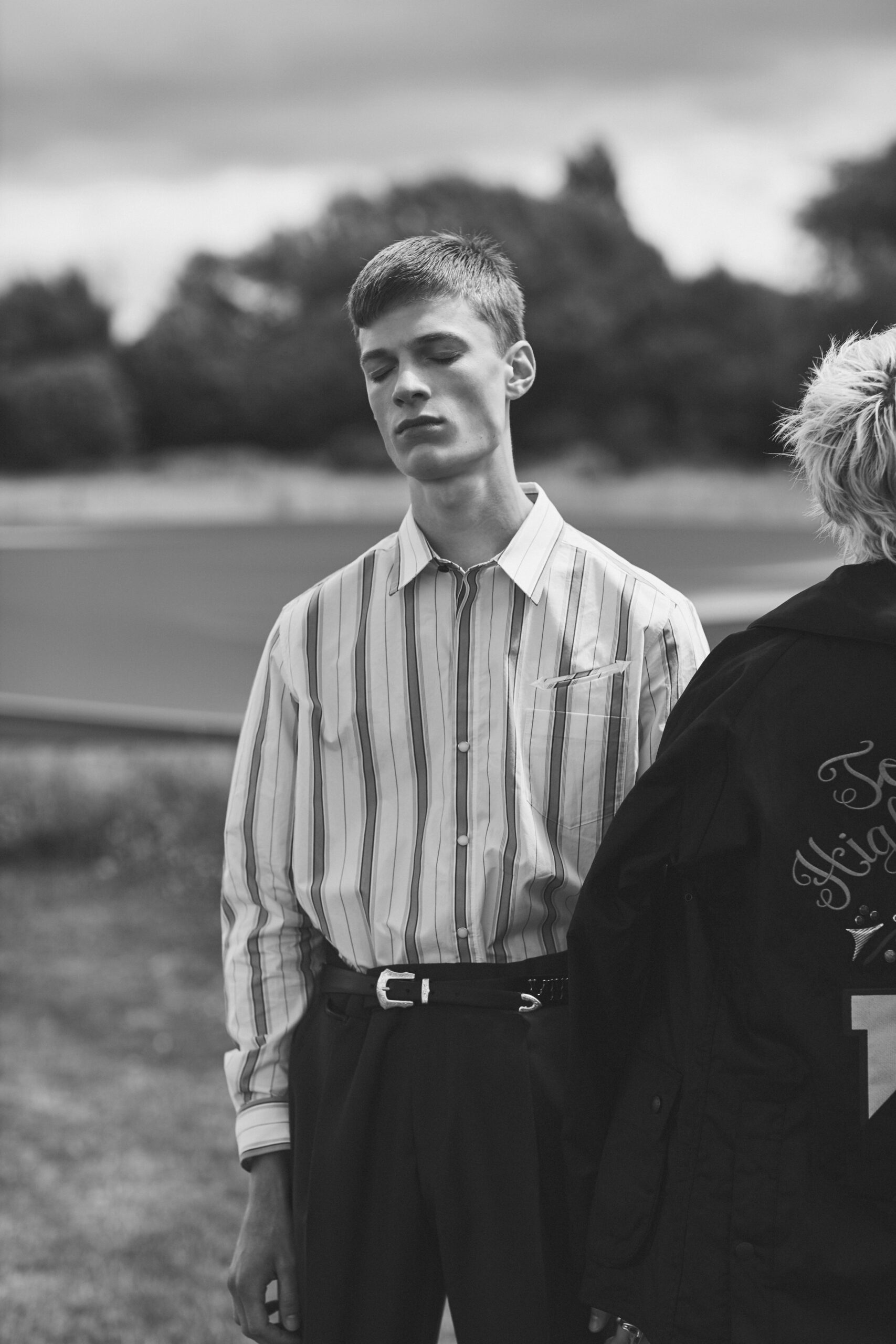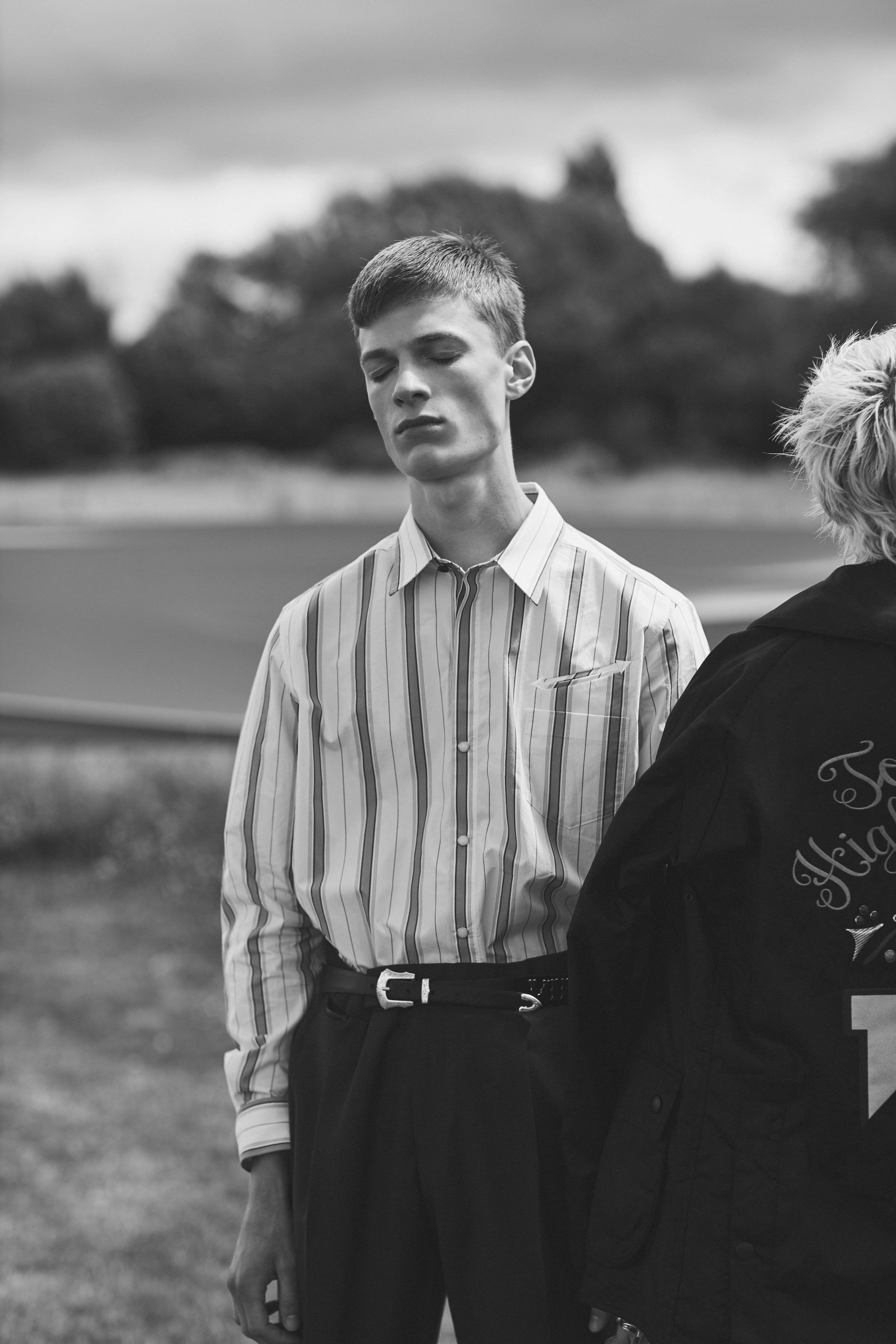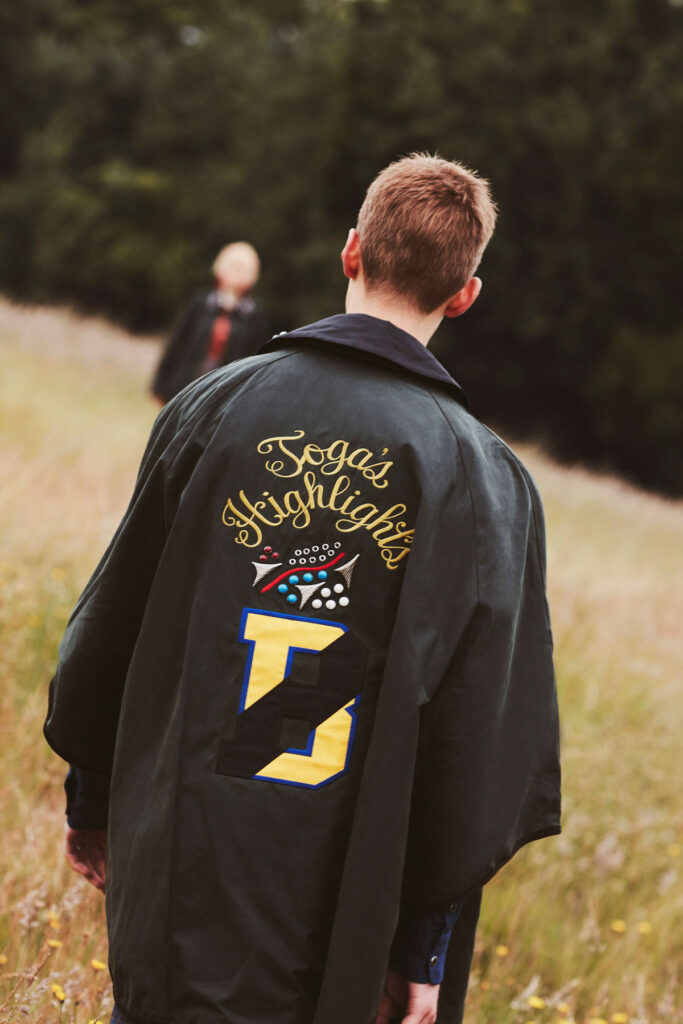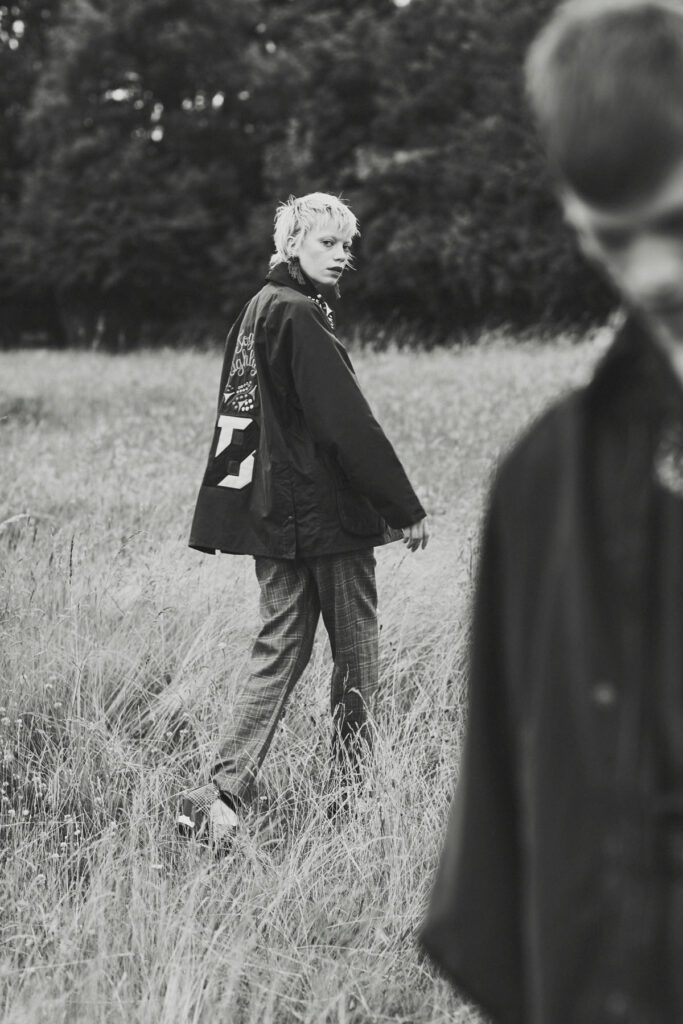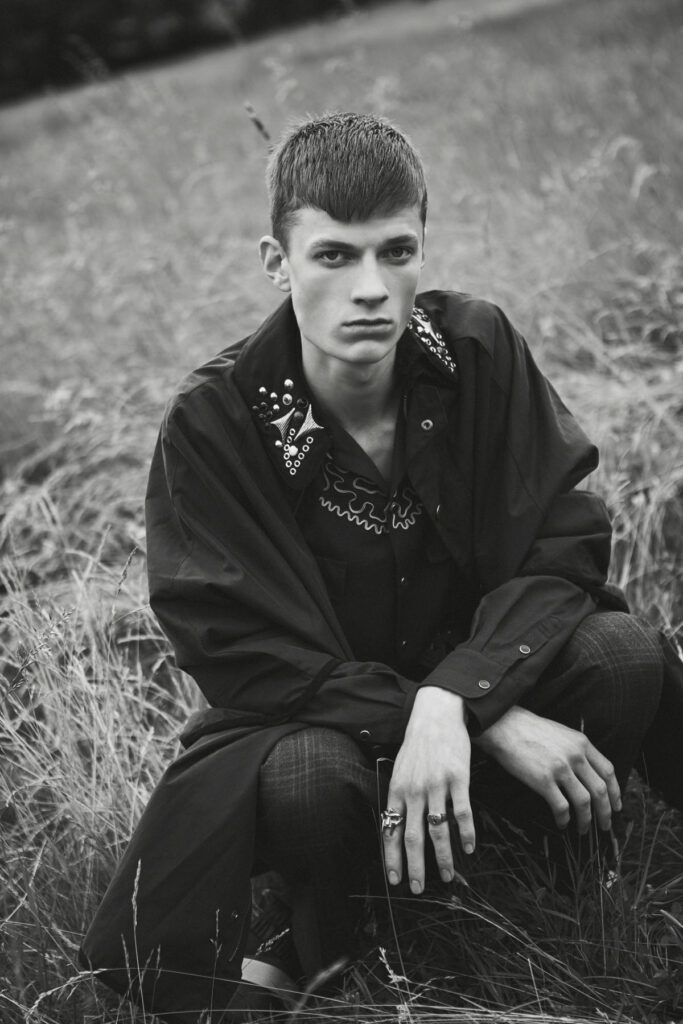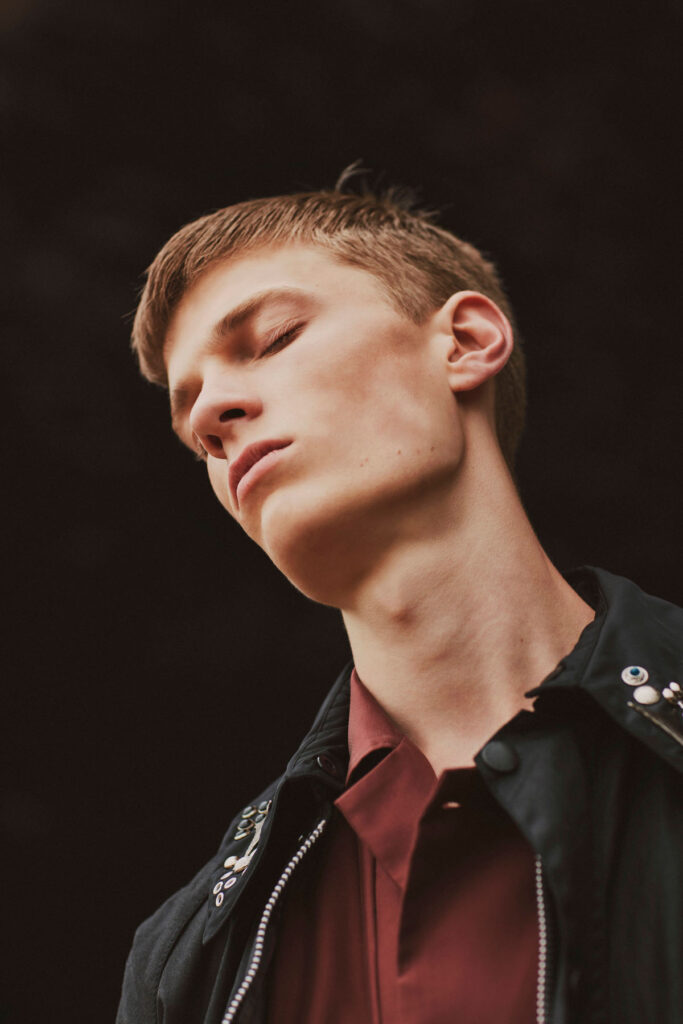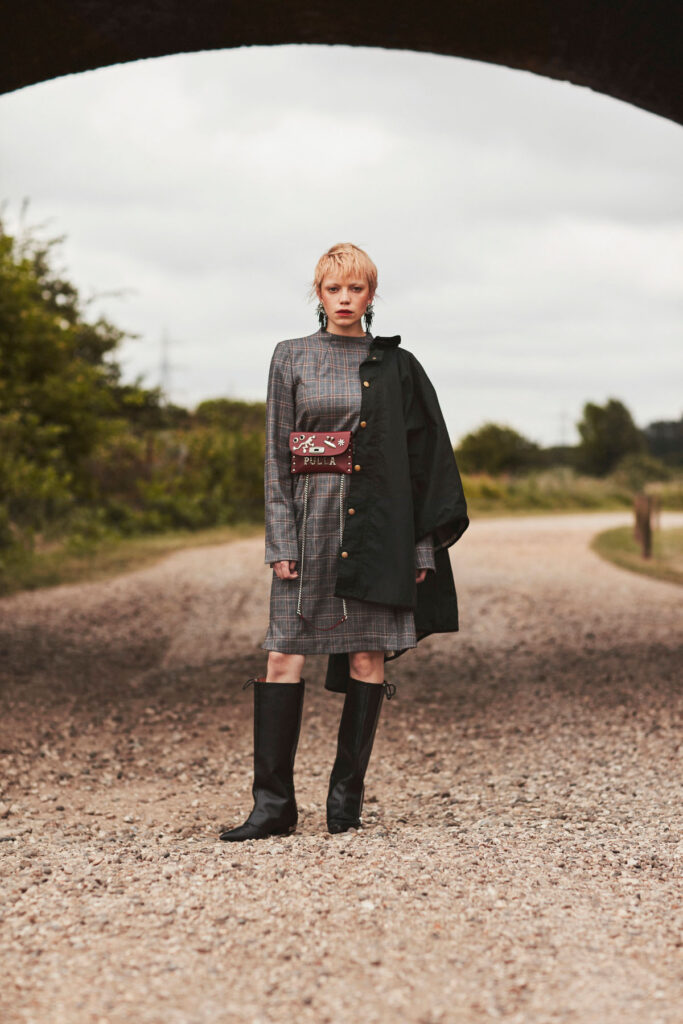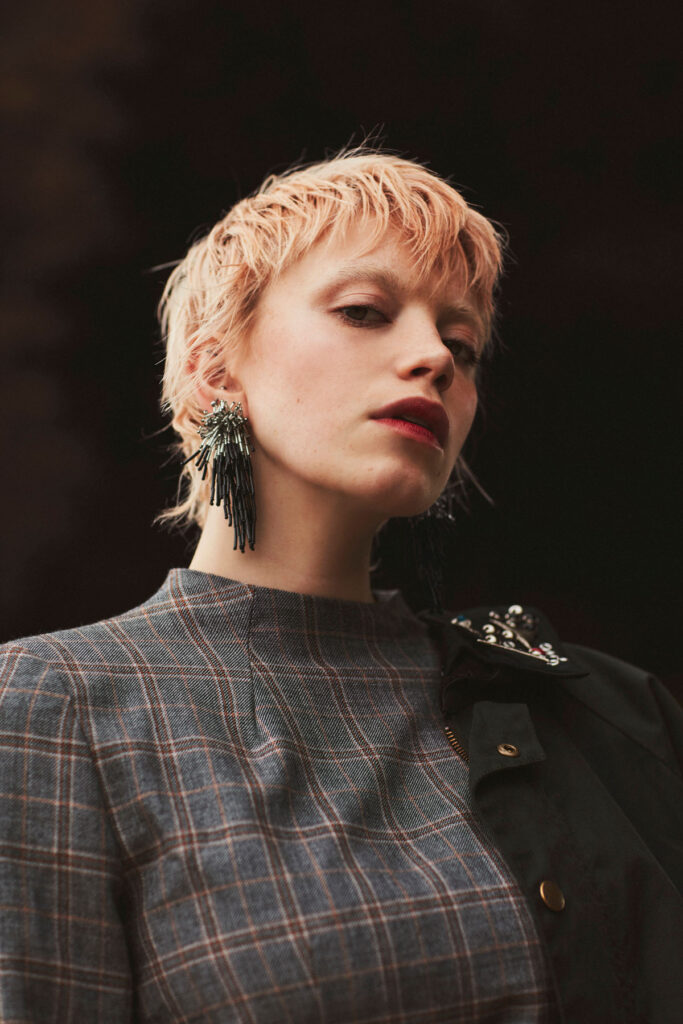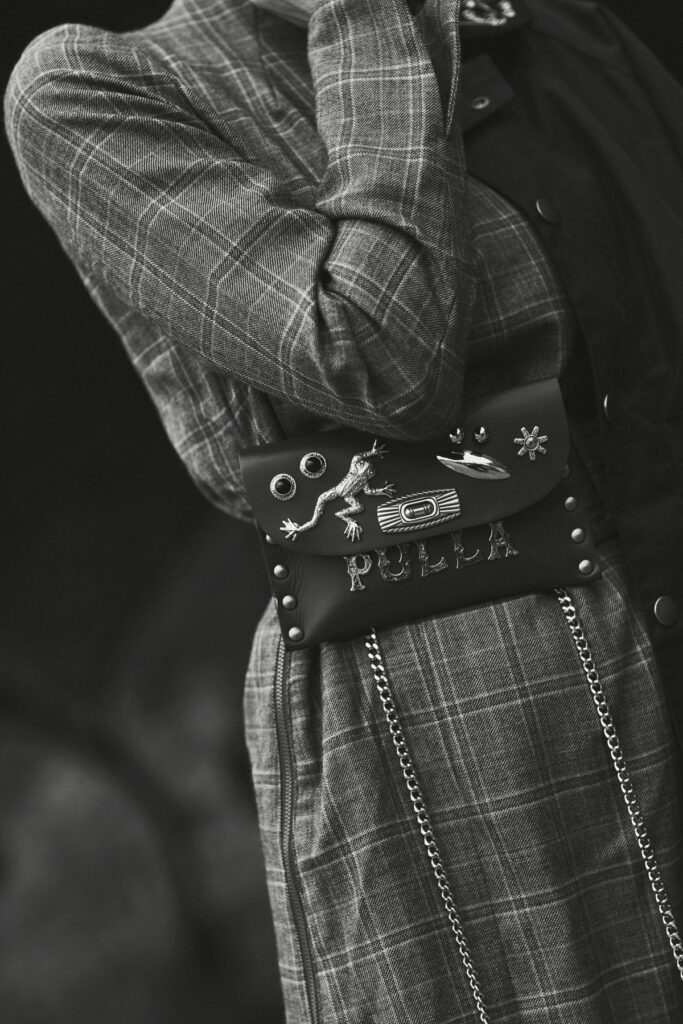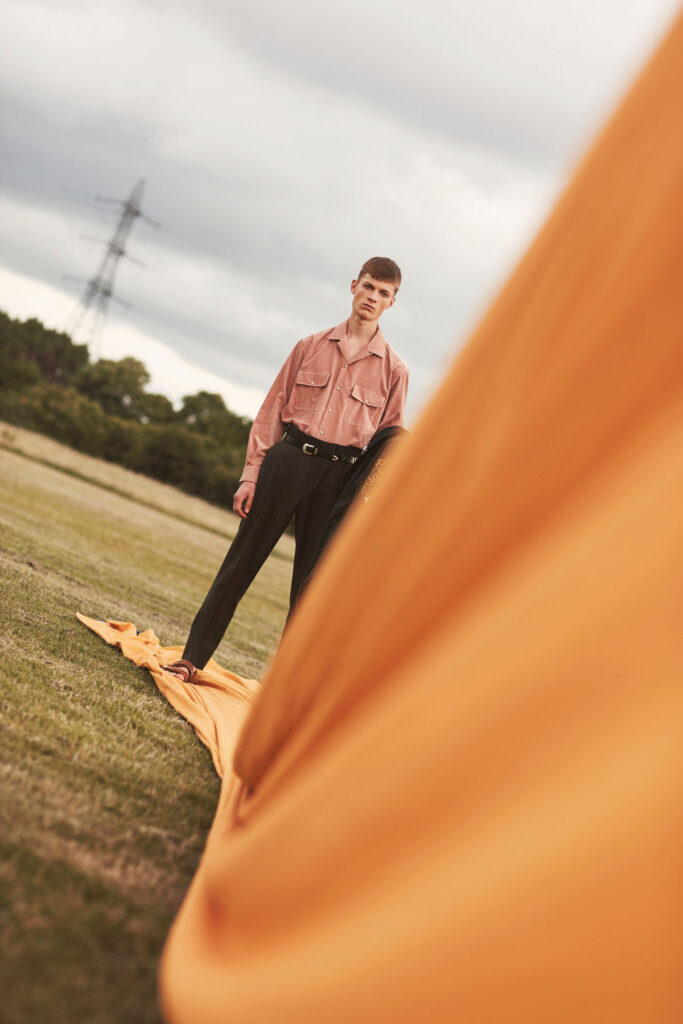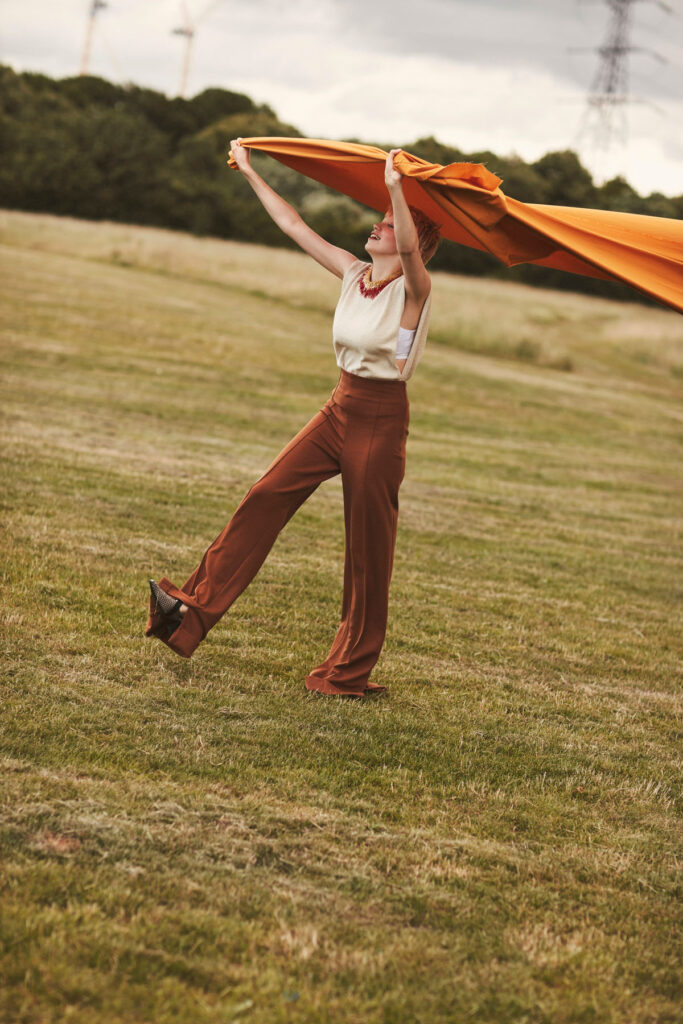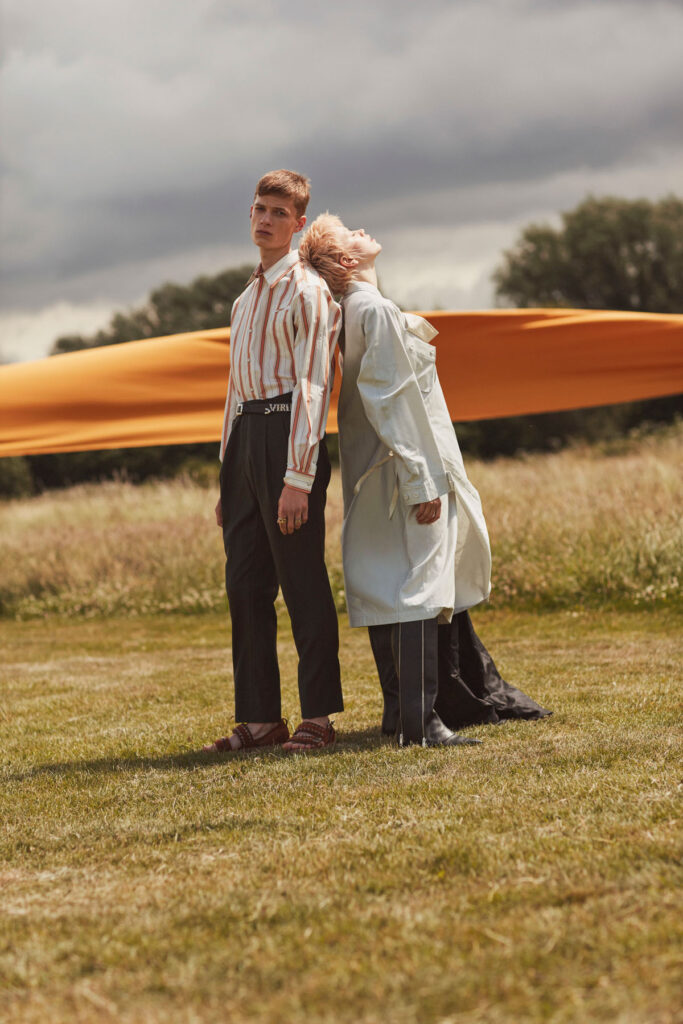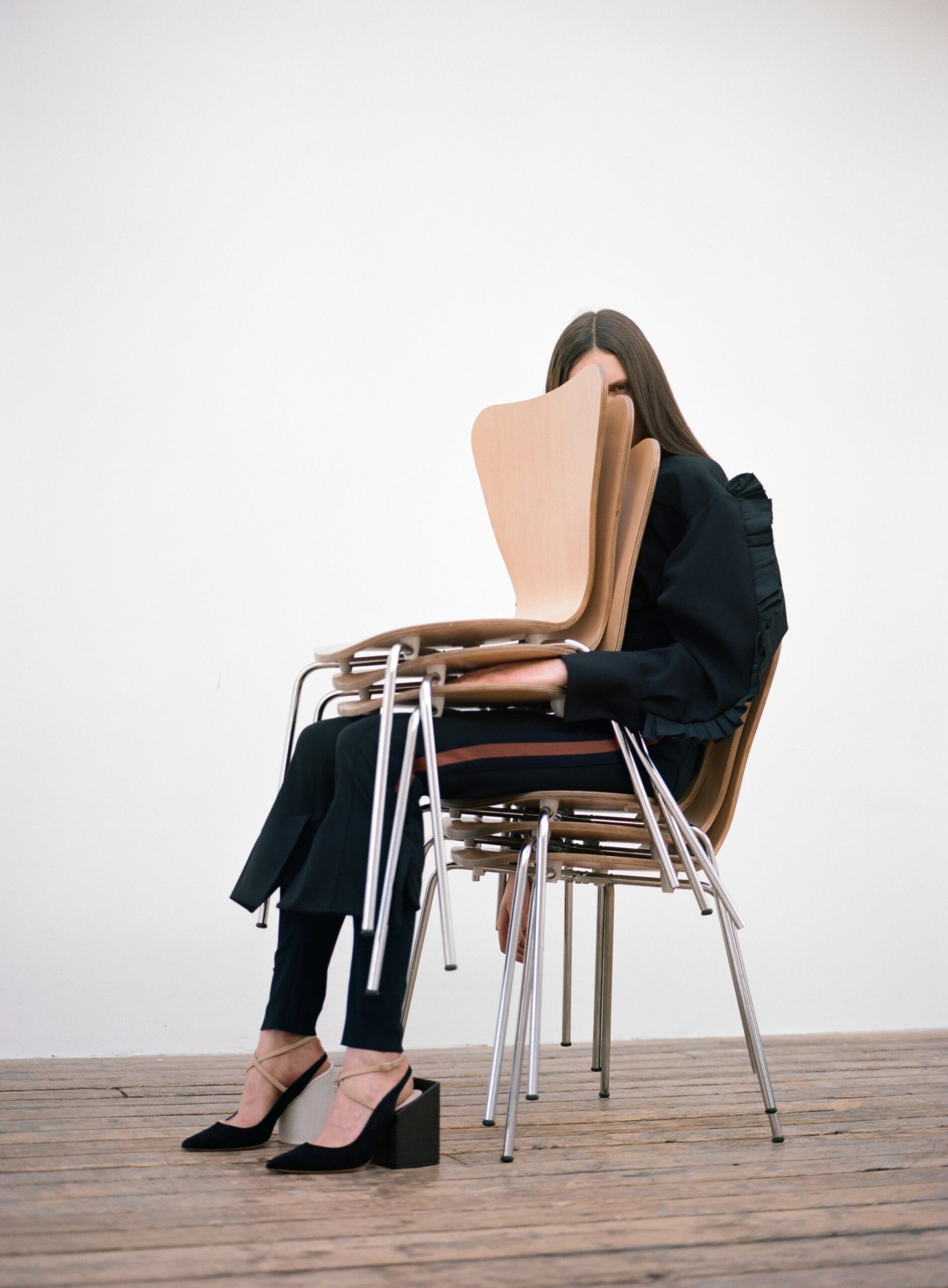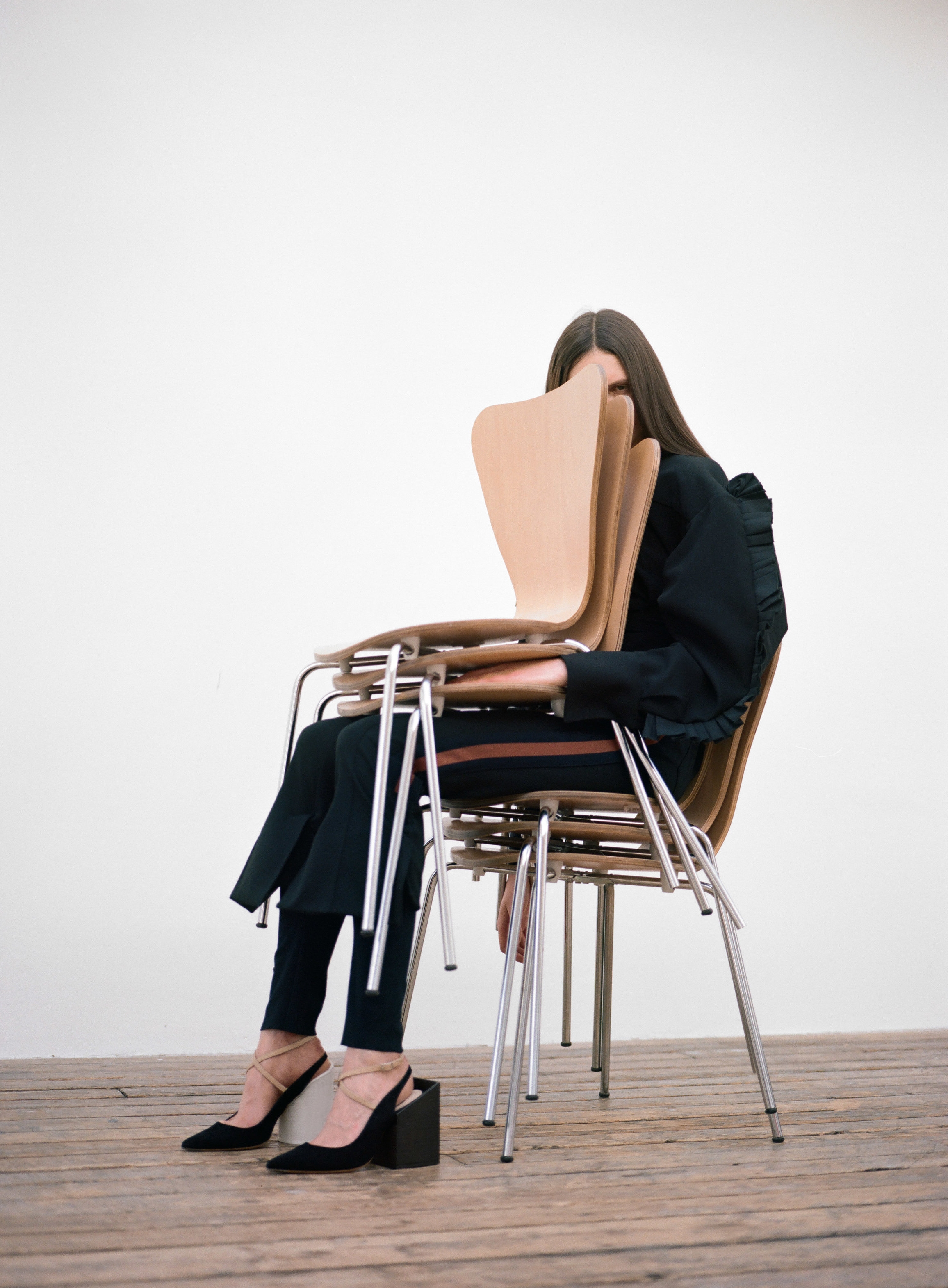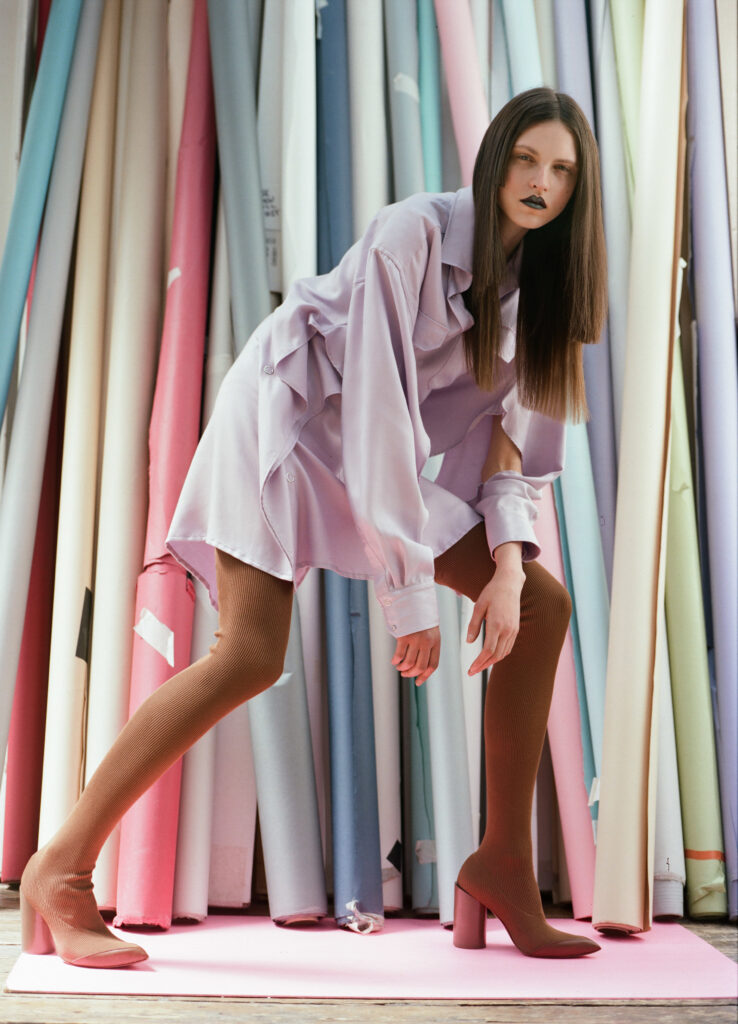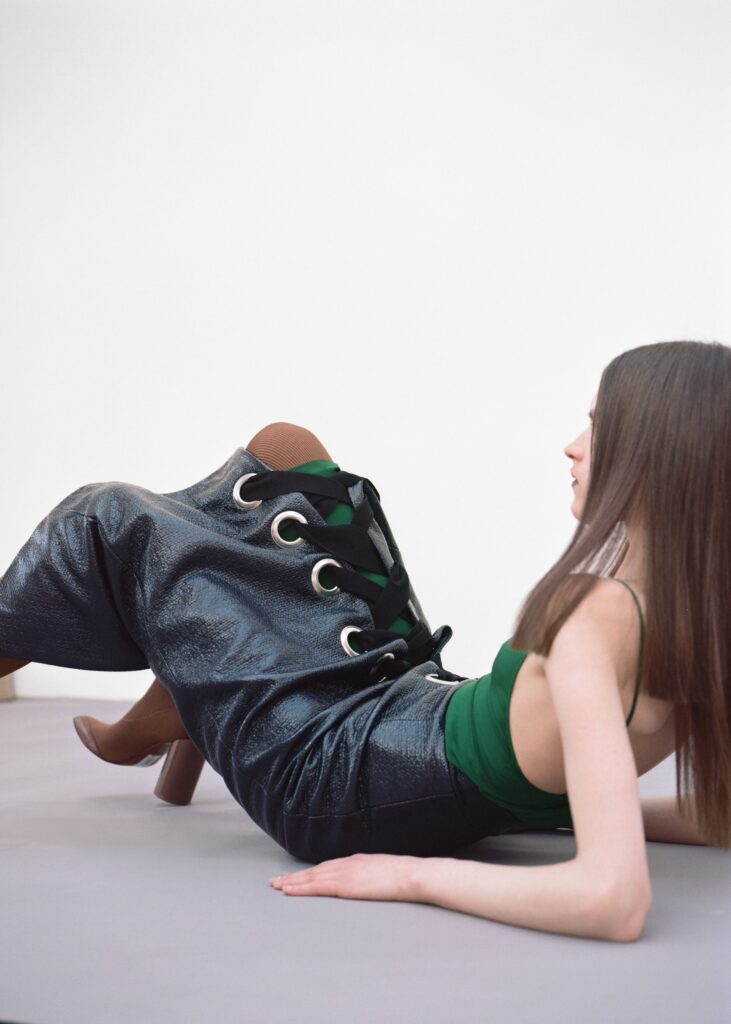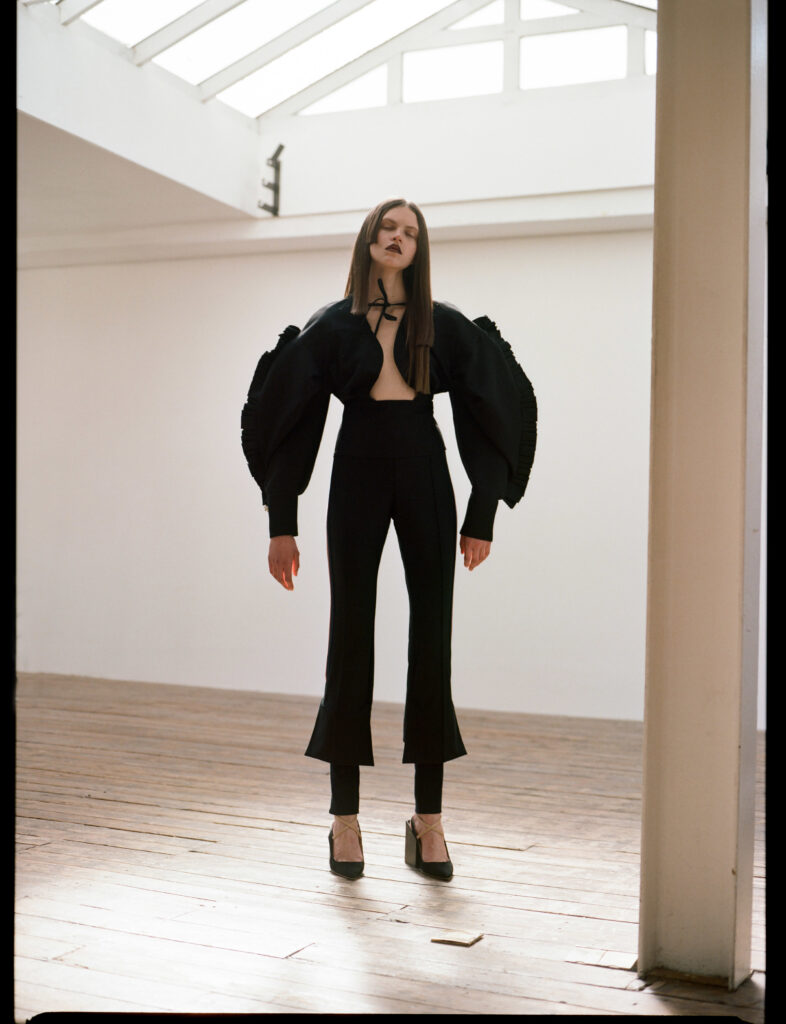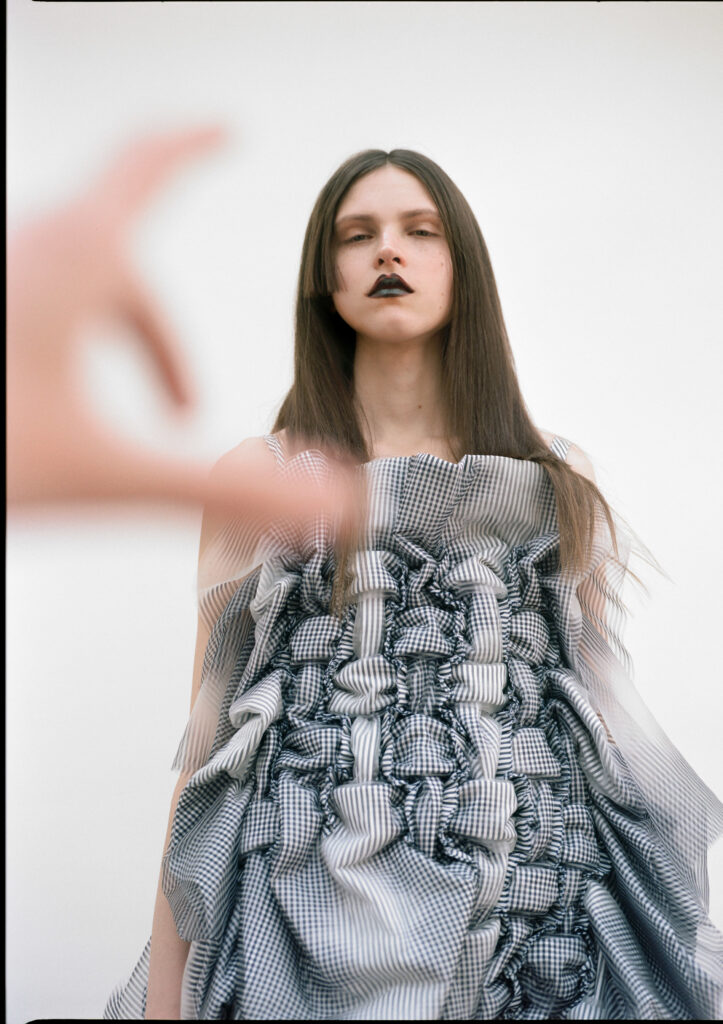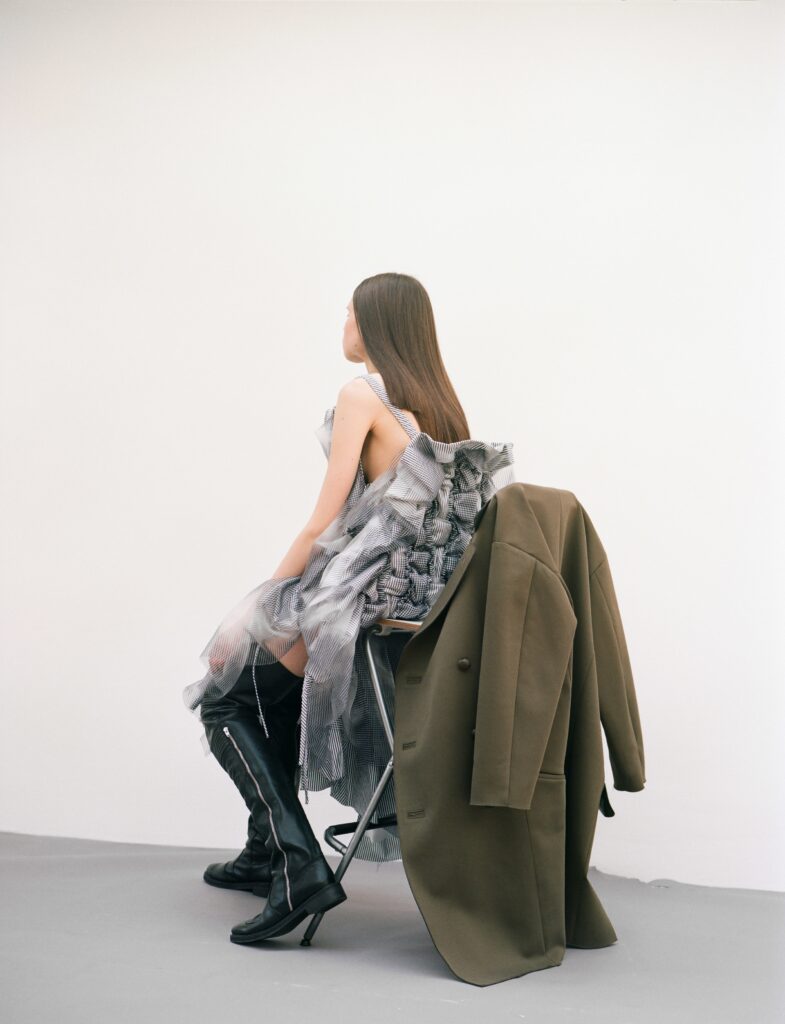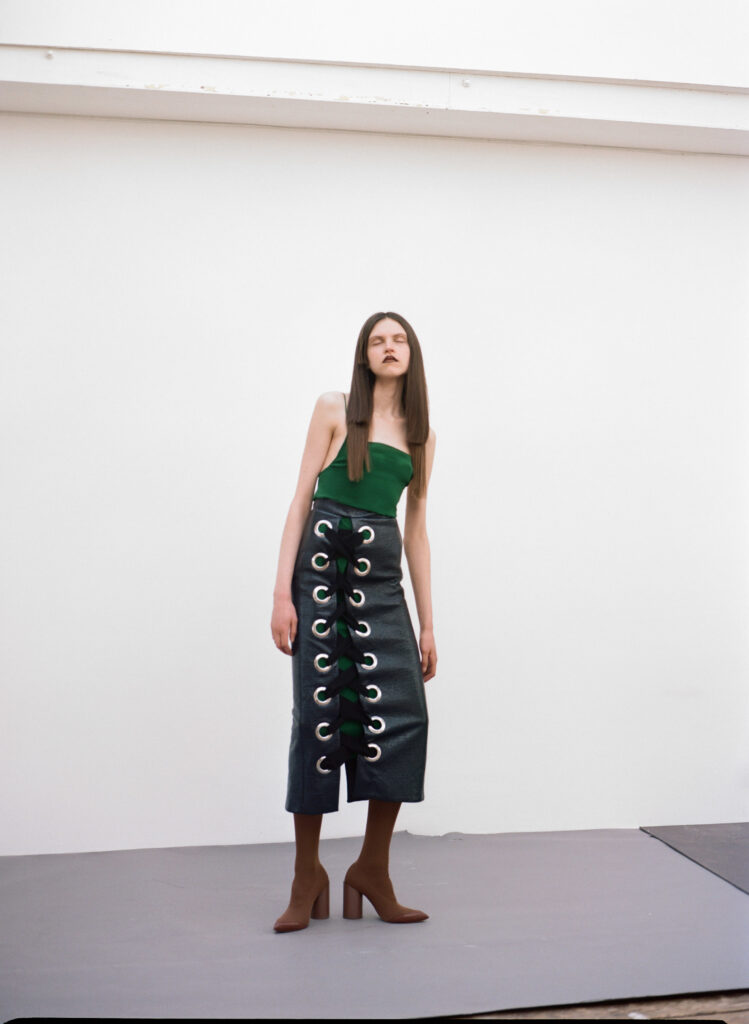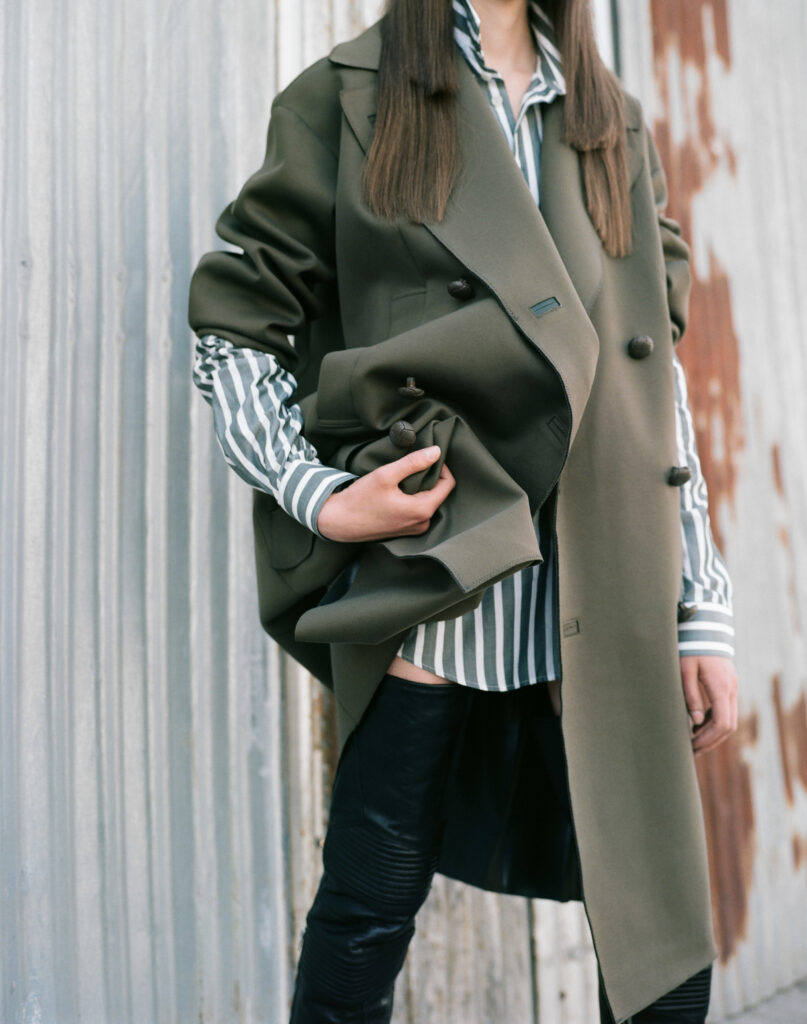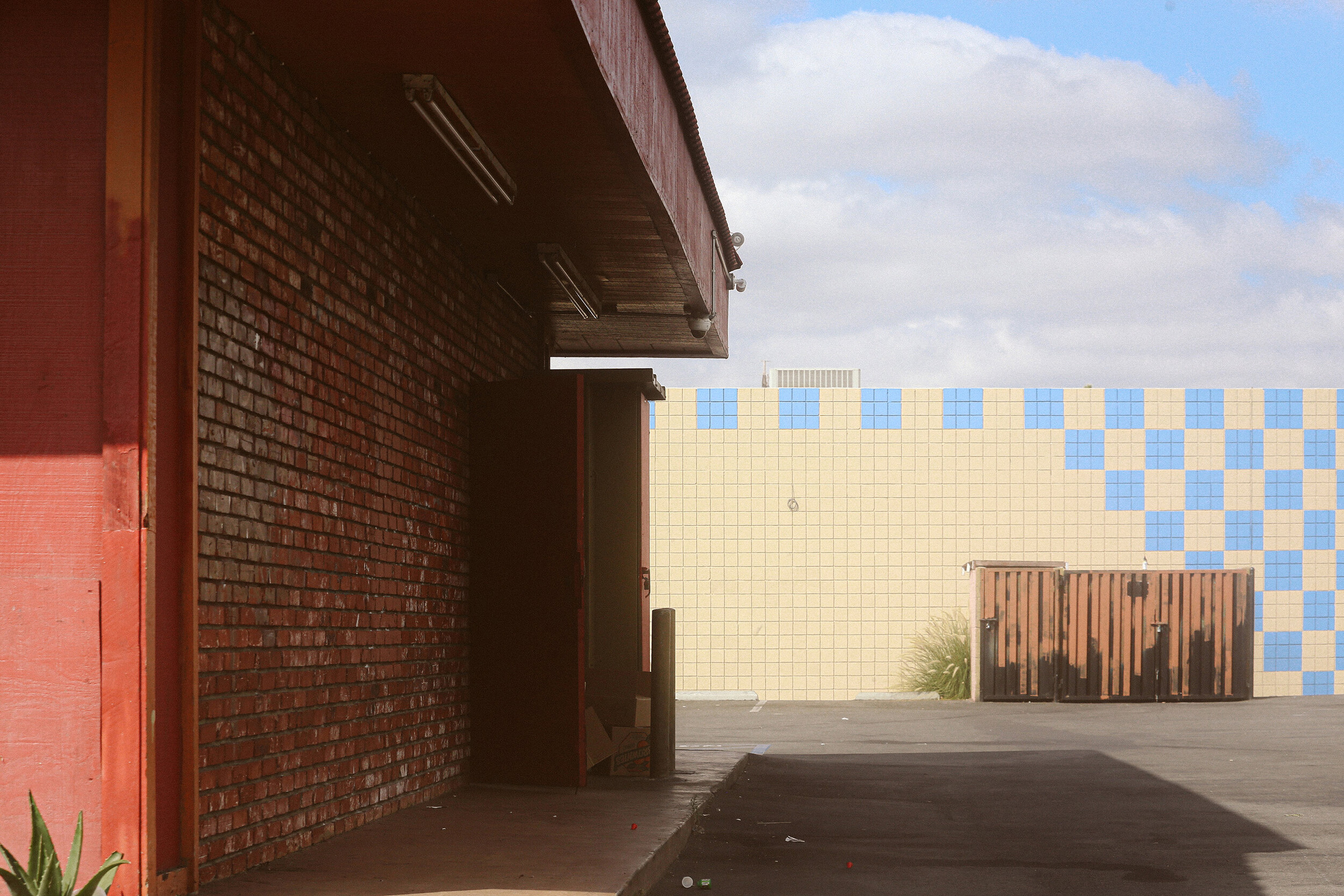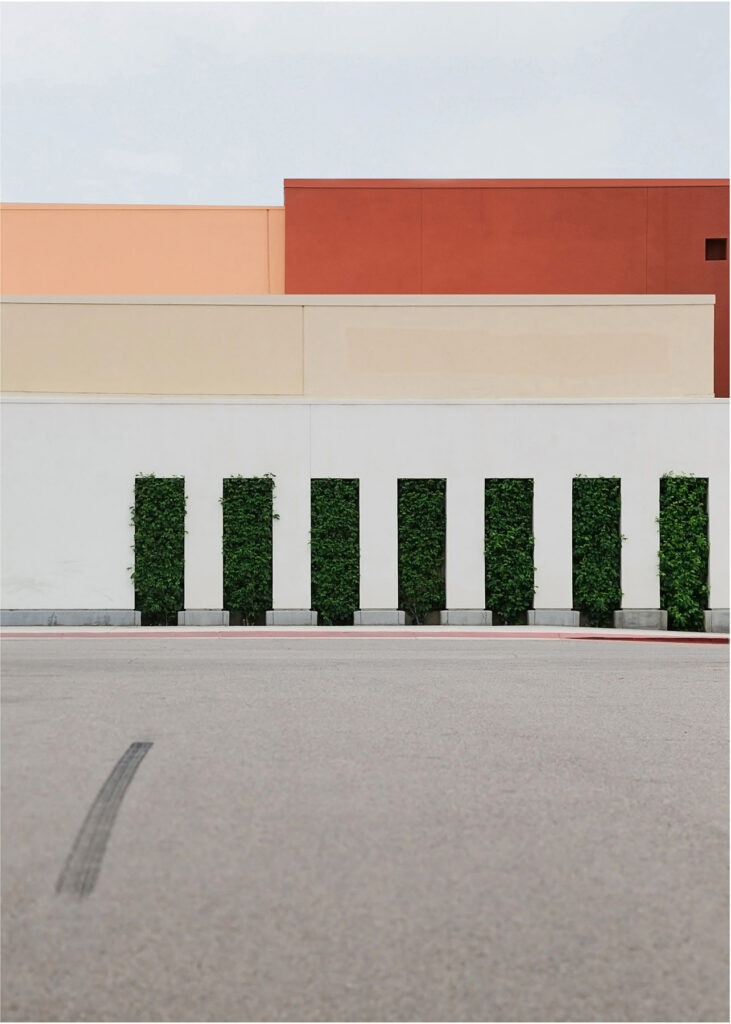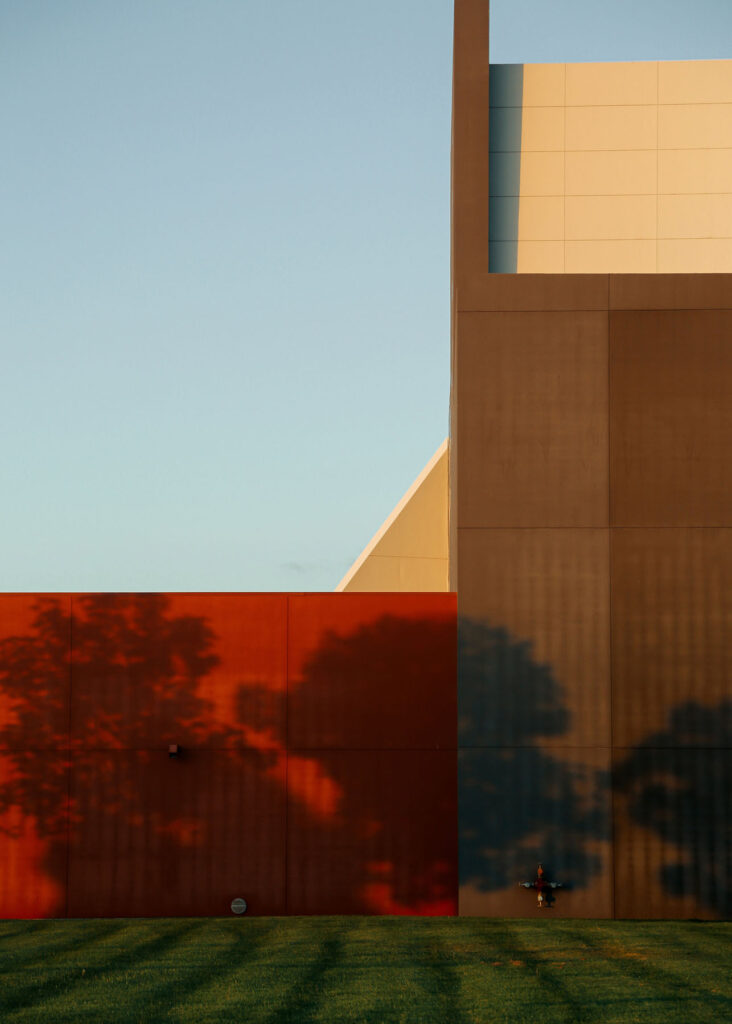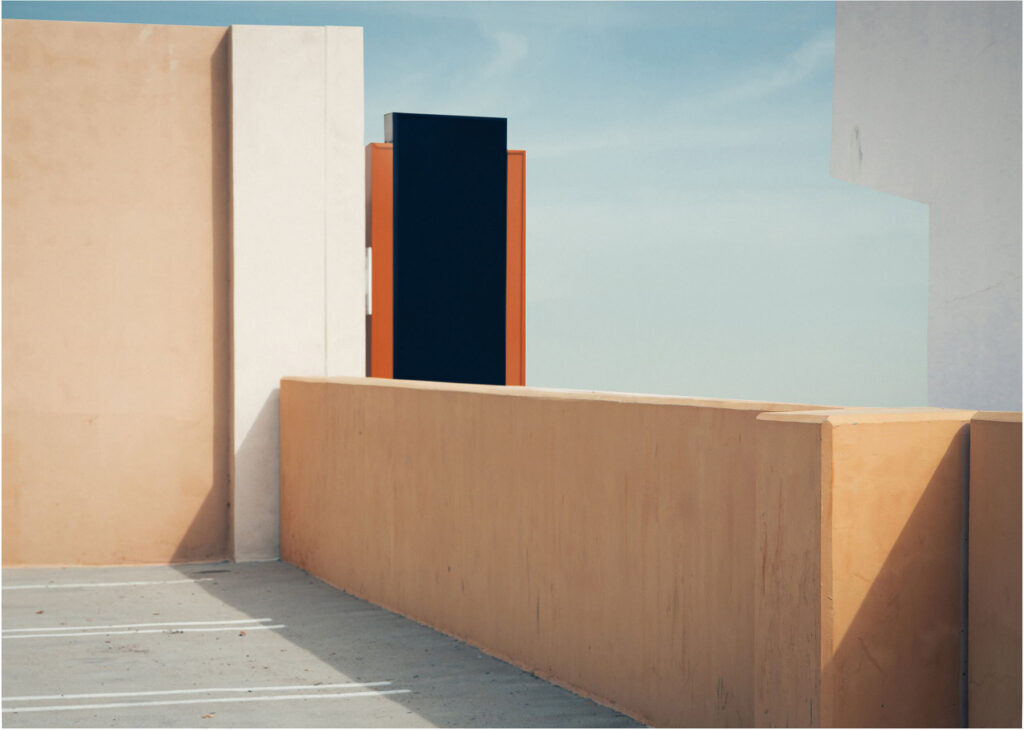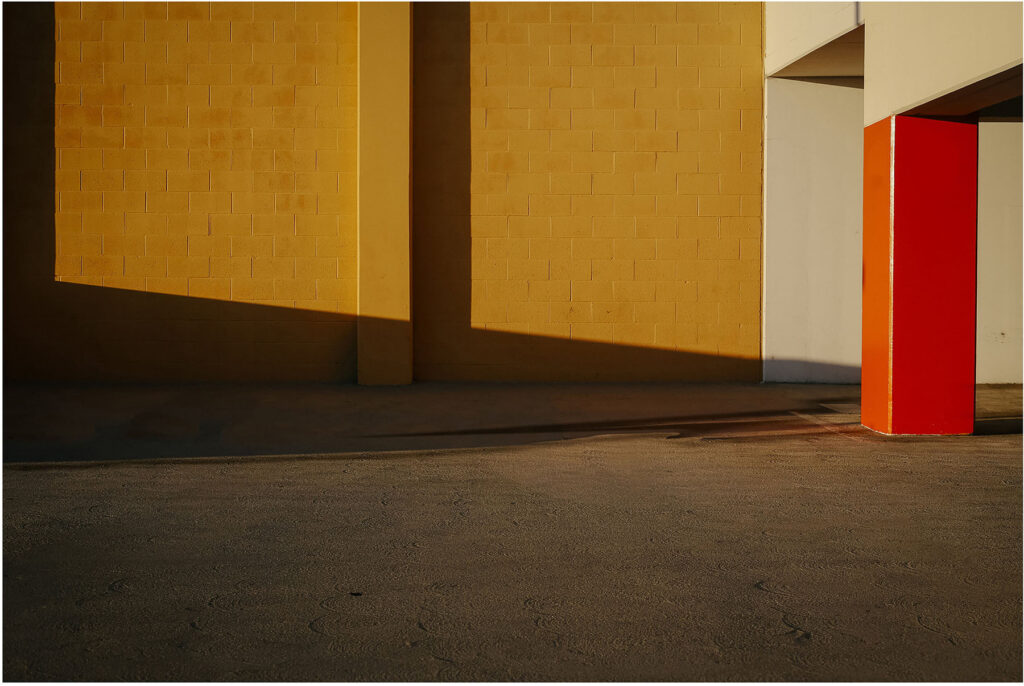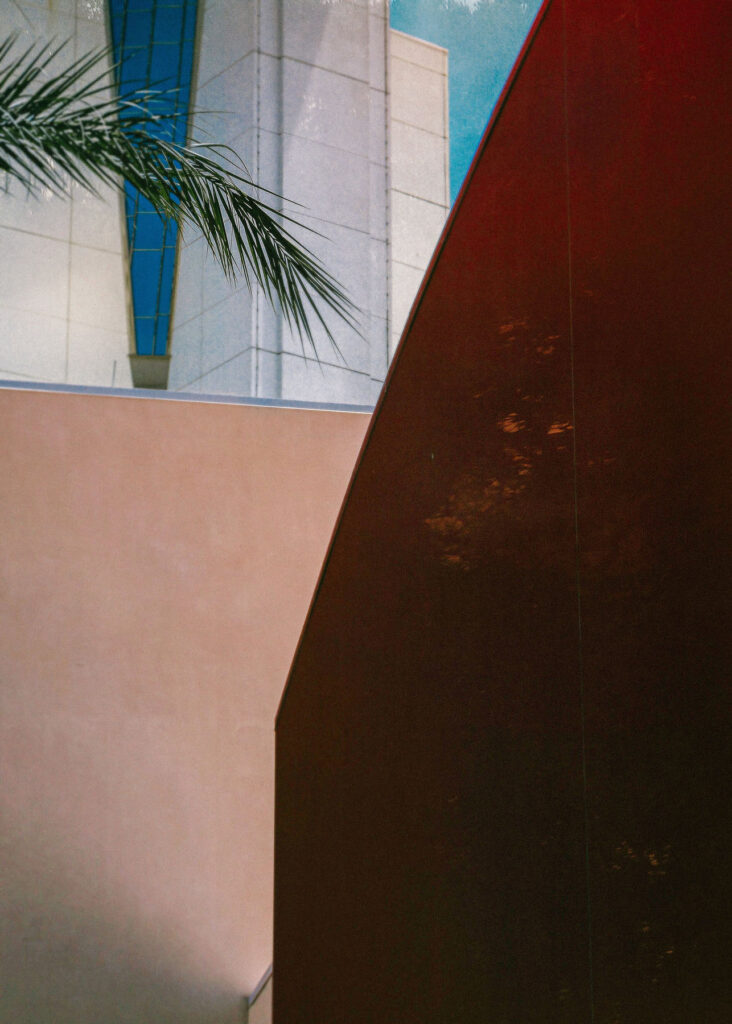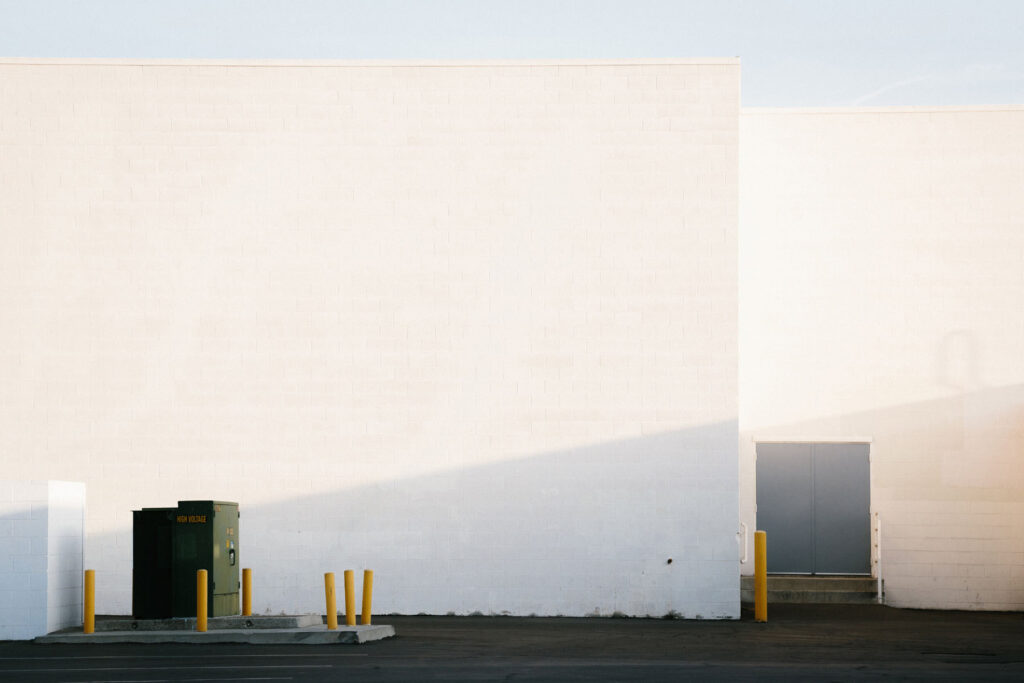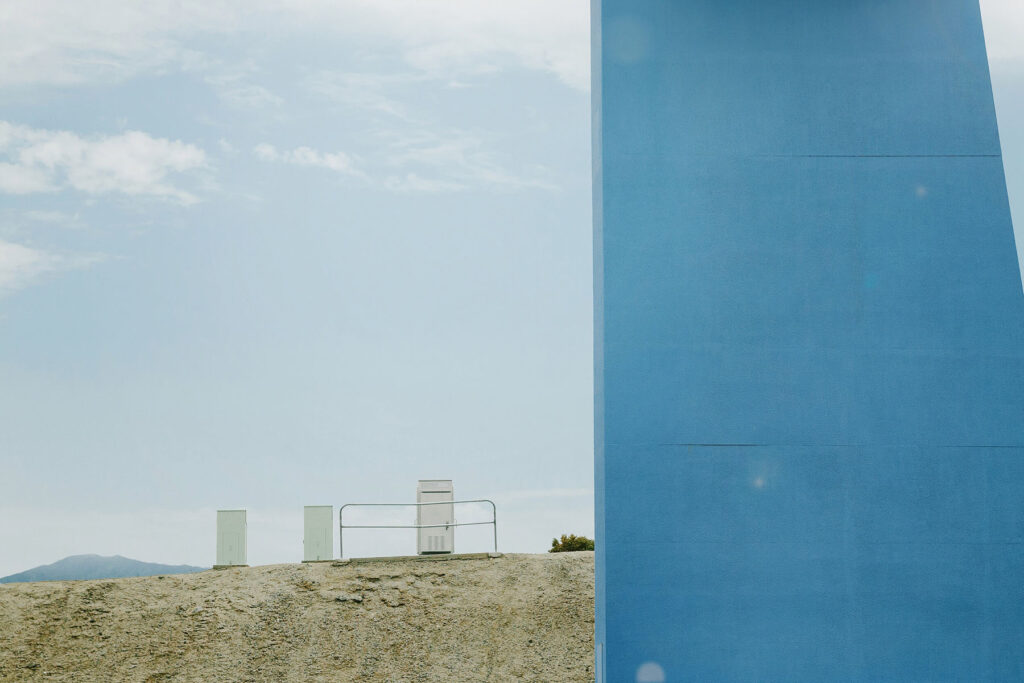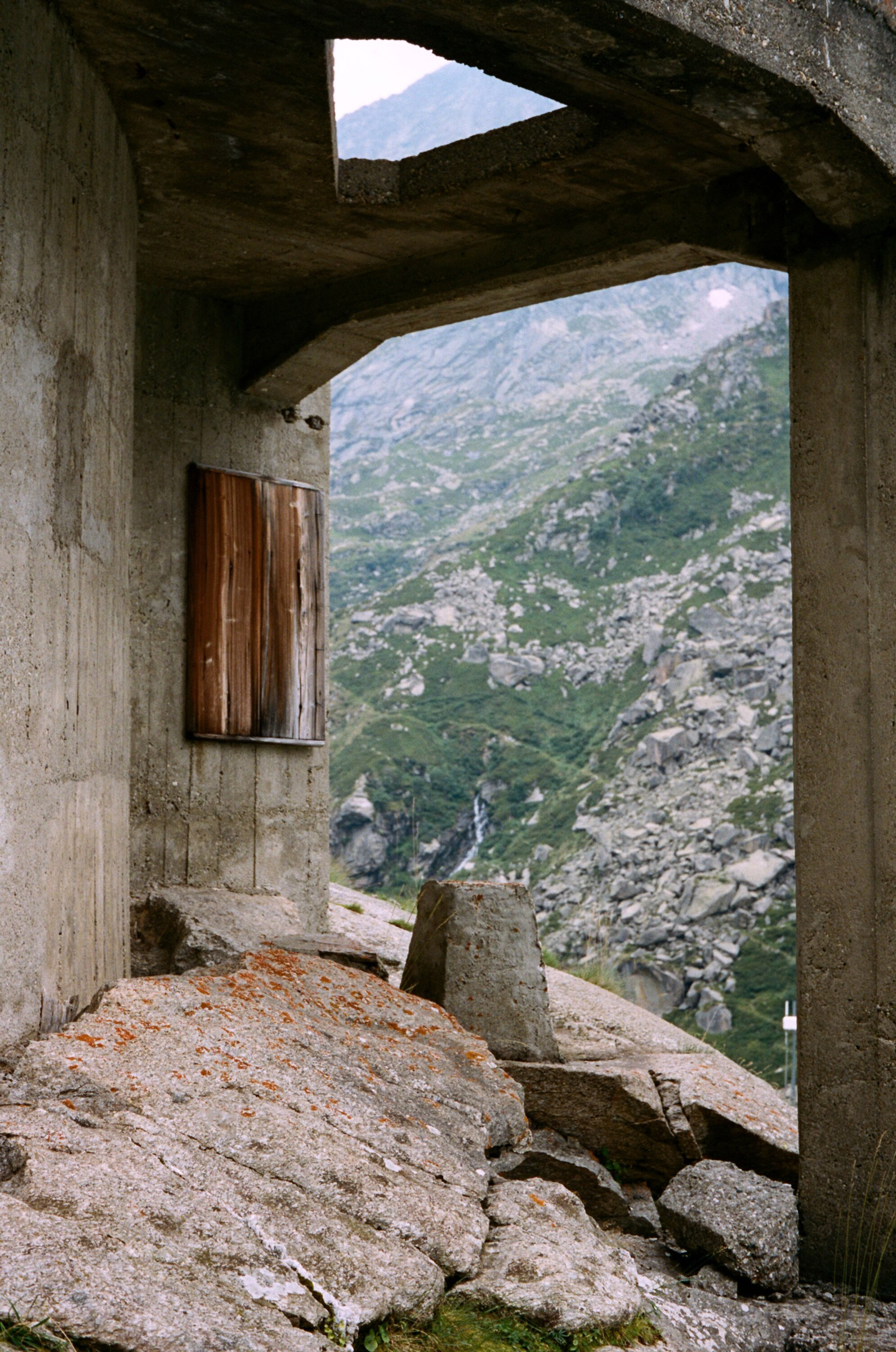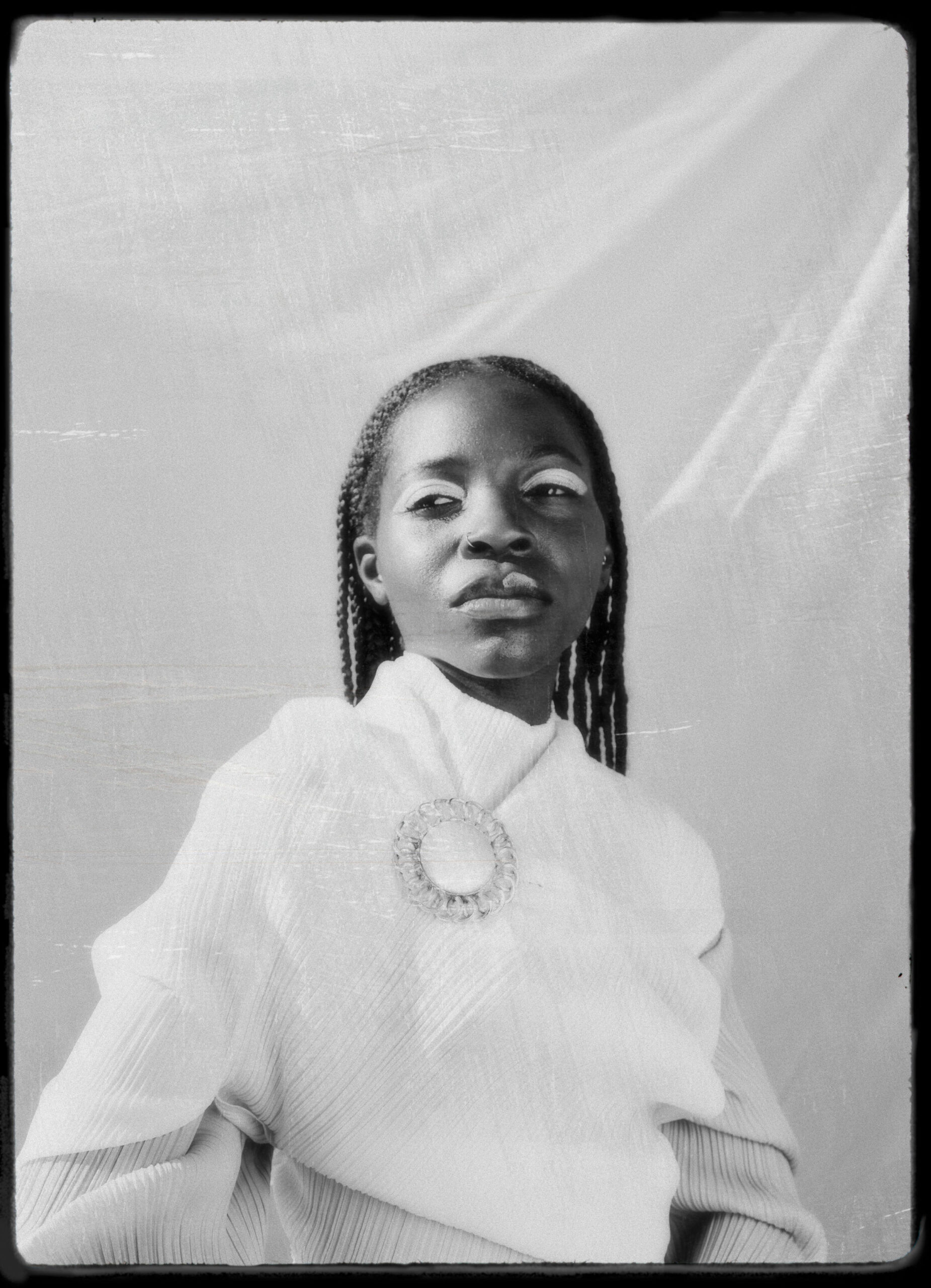NR: The idea of town hall-style meetings, feels as if it is taking communication back to a pre-internet era, back to before everyone interacted online, to having that physical meeting with your community. In that sense, are you trying to bring people back together?
EG: That’s an interesting point, I hadn’t really thought about it like that. One of the things we thought a lot about was to try to ‘make dialogue great again’. I don’t think we’re doing it out of nostalgia, but we are trying to inject a form of humanism into the modes of dialogue that we use now. I think the way in which we communicate on social media is fantastic, as we are much more connected in a certain way – but the trade off is that it demands that we use short hand to encapsulate messages and conversations we want to have. There’s nothing wrong with that form necessarily, but I do think that we need to be able to have deeper, broader conversations about things that go beyond 140 characters.
NR: And there is the danger of communicating with only those who share what you want to see.
EG: That too – and we see that a lot right now, which is one of the things we’re really trying to work on. The art world also has that echo chamber effect, so we’re trying to figure out how to access all parts of society. How do we reach a wide range of people that might be interested in helping us build a movement around building a better political conversation, even if we don’t share the same political agenda?
NR: What is the incentive for people to come together in public spaces despite opposing views, in the interest of shaping the future?
EG: We already do this: we’re consuming the same culture, and as a result of that culture, we form our (political) identities. I think there’s this notion that, only certain people will be interested in art, and only certain people will come to a museum and participate in something like what we’re doing. The assumption is that cultural production only lends itself to one set of opinions – that you agree/disagree, you’re a democrat/a republican, etc. A lot of these binary concepts are much more complicated, so when you ask why somebody with a different set of ideals would want to have that dialogue, I think it would be because we want to better understand, and hopefully to encourage an atmosphere that allows people to appreciate those different views.
NR: Whilst we’re consuming the same culture, places like art institutions can be off-putting to people who feel alienated from them. If there is a way to make these places appeal to a broader range of people, can that instigate better dialogue and a sense of community between different groups of people?
EG: Absolutely. I’m one of those people that feels very alienated by art, and I do think For Freedoms is as much a rebuke of the art culture and the art world, as it is to the world of politics. Art institutions are already political: they make decisions about who they include and exclude. In order to address that, we need to insert conversations about who’s included, and who’s excluded. These are essentially political questions that are at the centre of our political structure. If we insert these questions into the museum, hopefully we can shift what is defined as art, and what is not – and change who is defined as the art viewer.
